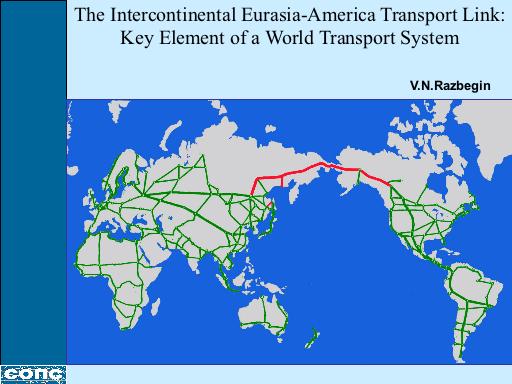
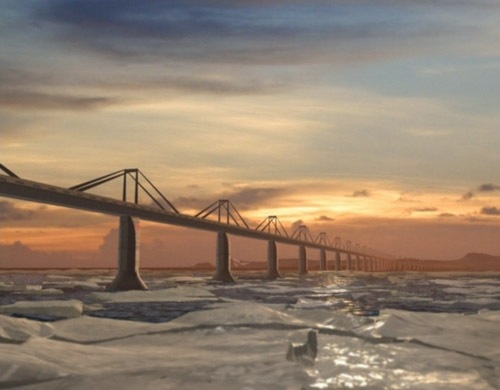
. EARLY AMERICA AND OCEANIA .
---NORTH AMERICA BEFORE COLUMBUS---


The Bering Strait connected Asia with Alaska during the last Ice Age, will it ever be connected again? 55 miles...
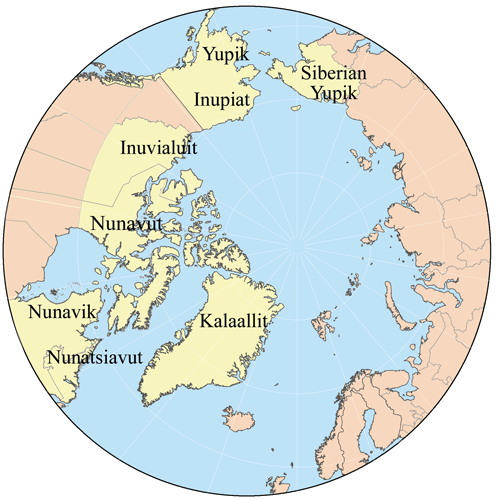
An Arctic-centred map of the world
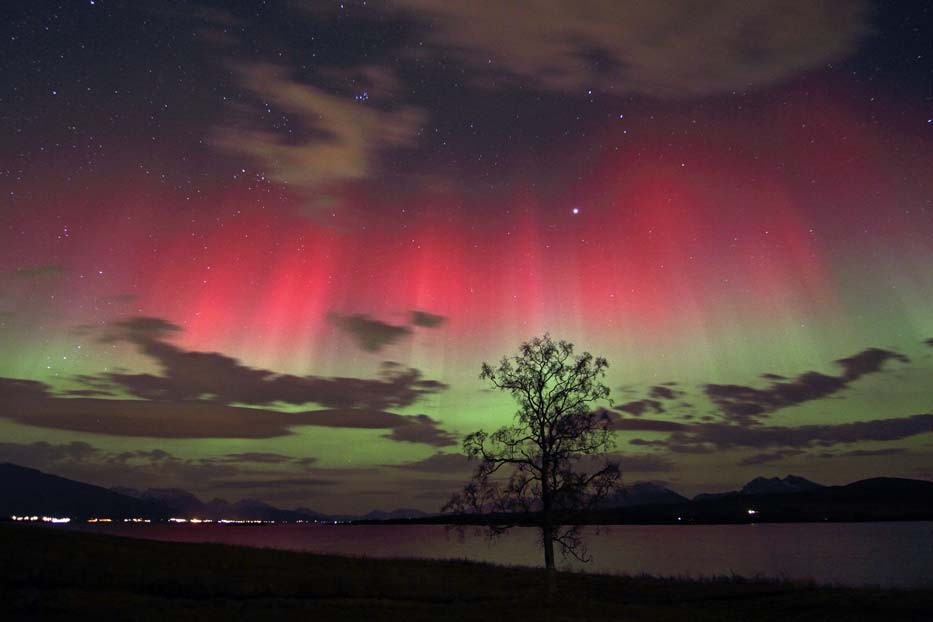
Some migrants from the Land Bridge stayed in the far north and became the Inuit Eskimos
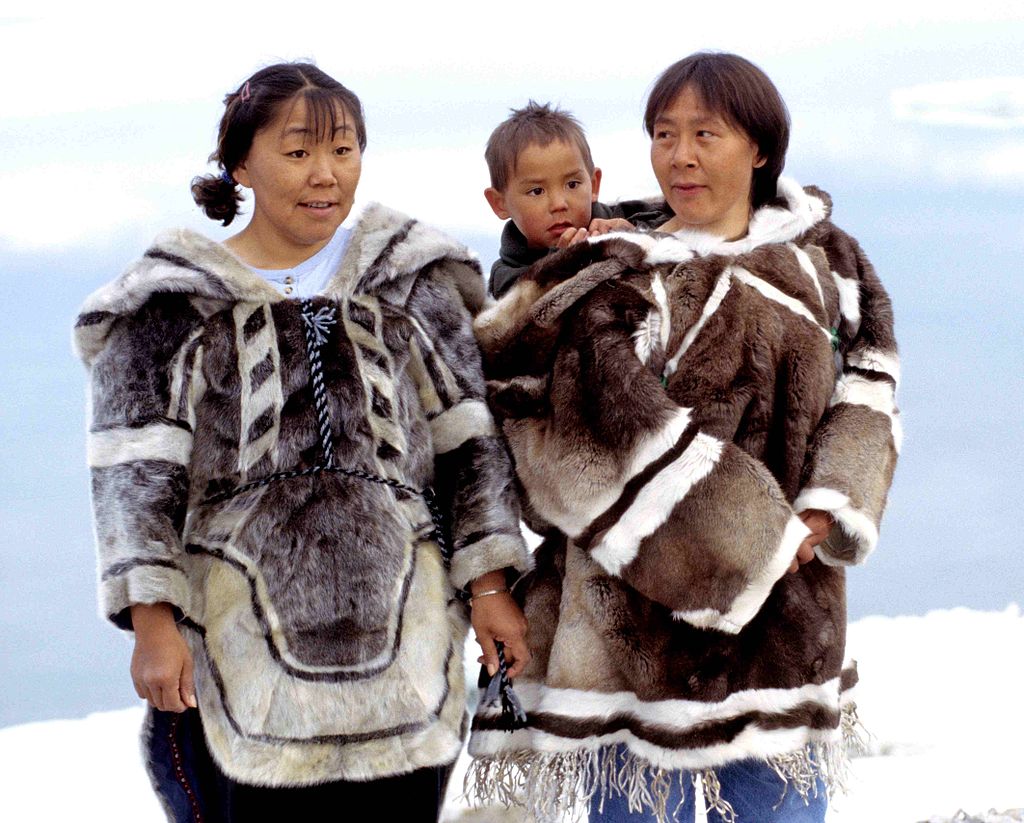
Seal (left) and caribu (right) provide both fur and food to the peoples of the far north
Yes people live on Greenland- here is the largest settlement- they likes to chill
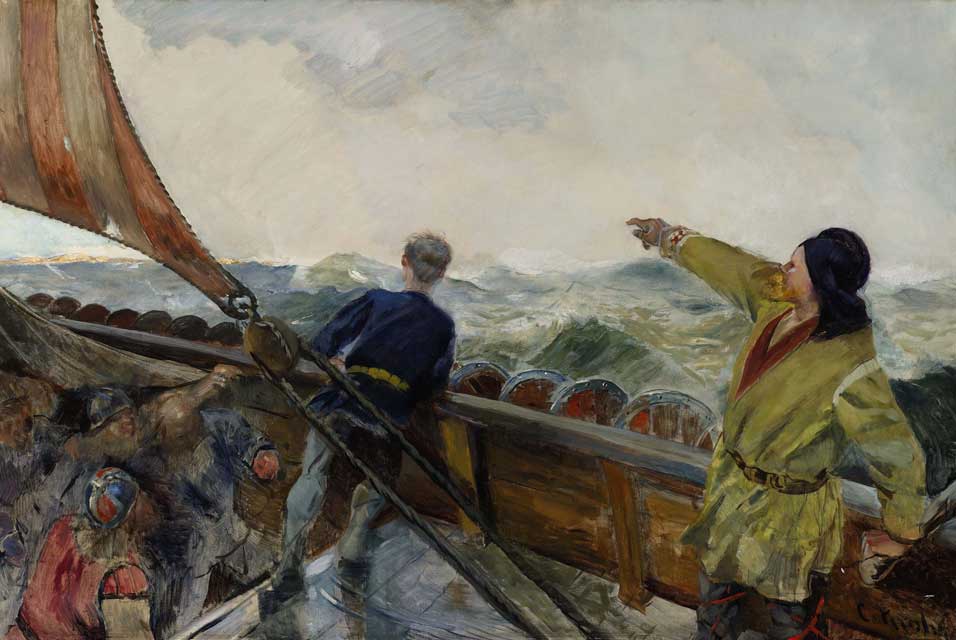
Lief Erikkson sees North America, painting of the Viking voyage around 1000
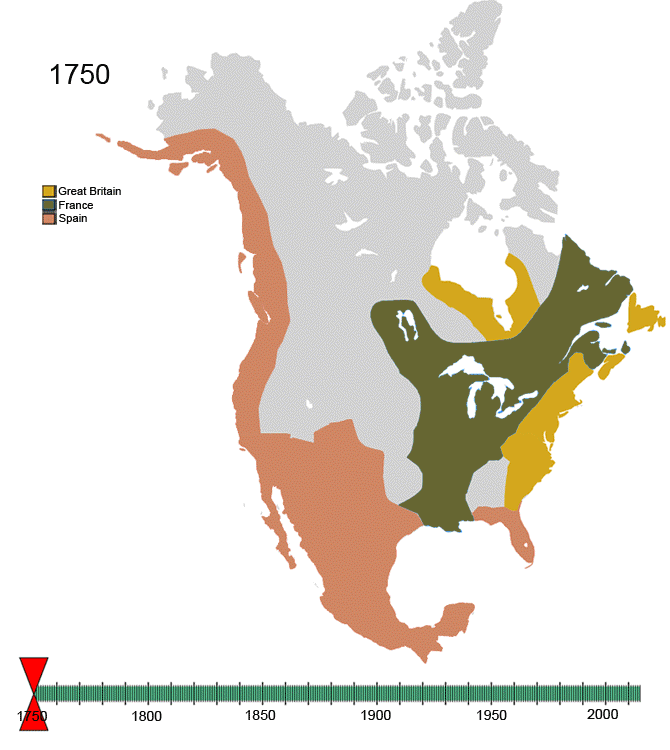
Claims on North America through time
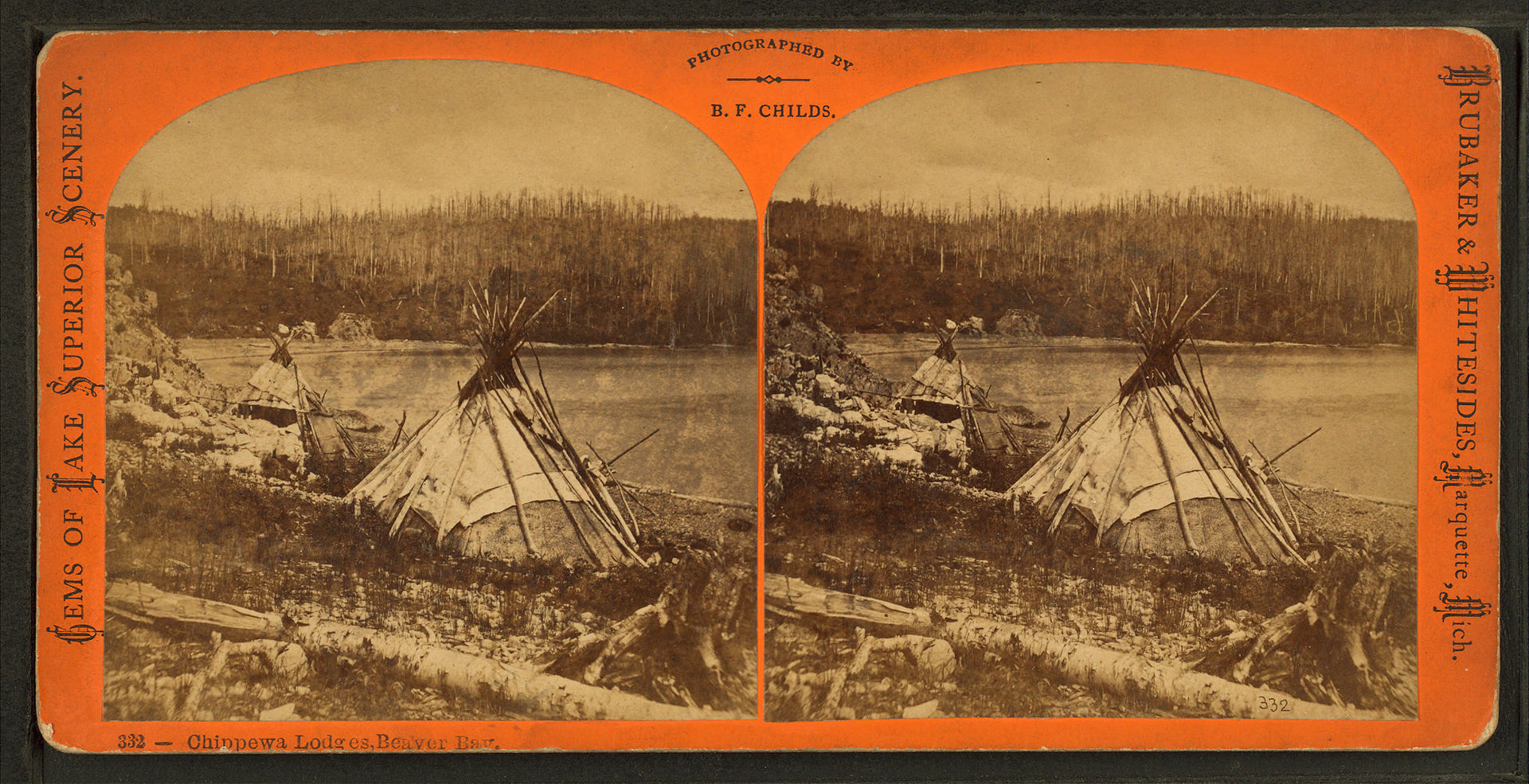
Others moved farther down to the subarctic, meaning the taiga band of Central Canada,
and became the Chippewa and others, like the Woodlands Indians
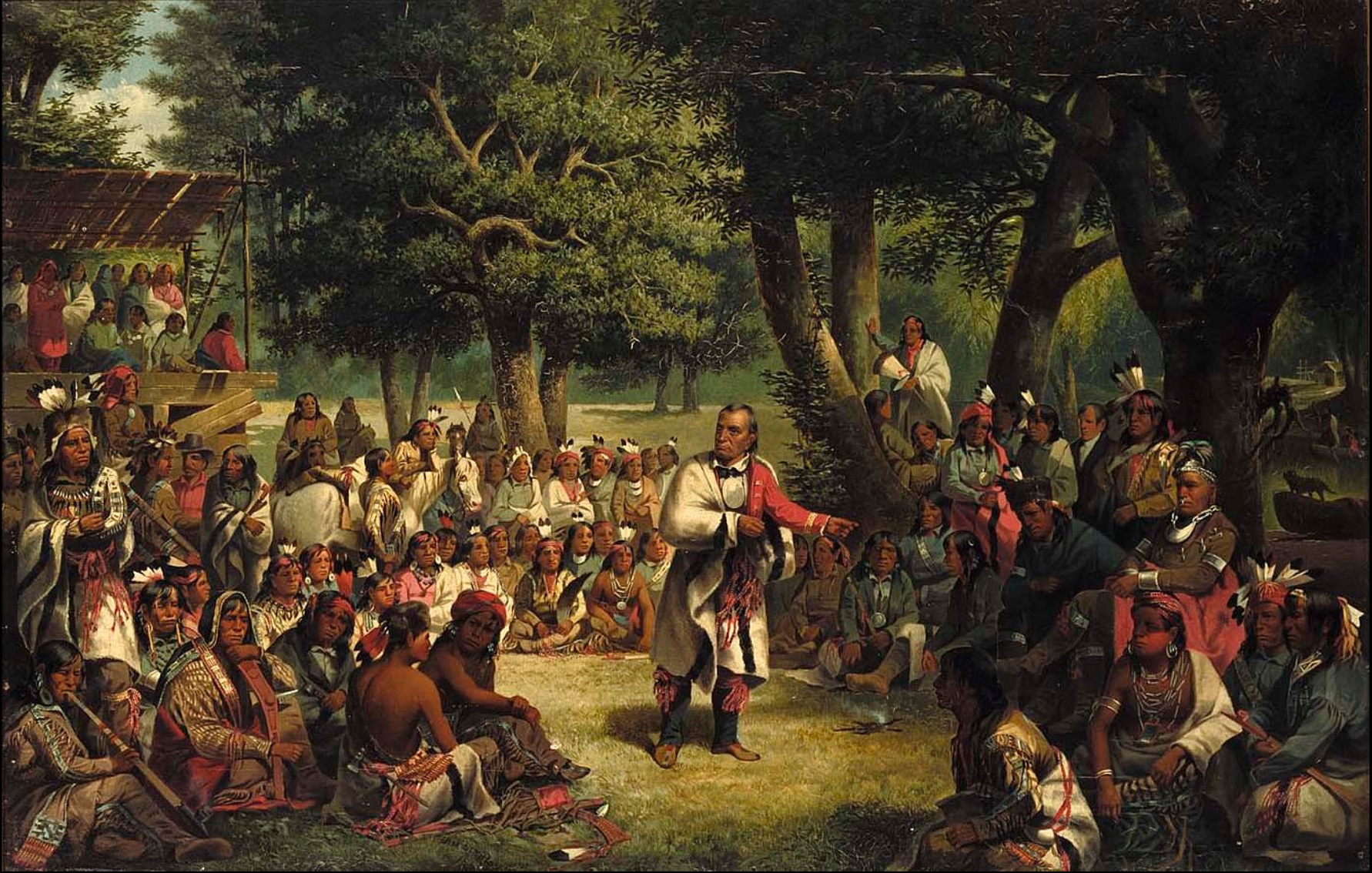
Do you think this event, the trial of Mohawk chief Red Jacket, took place before or after the Europeans arrived?
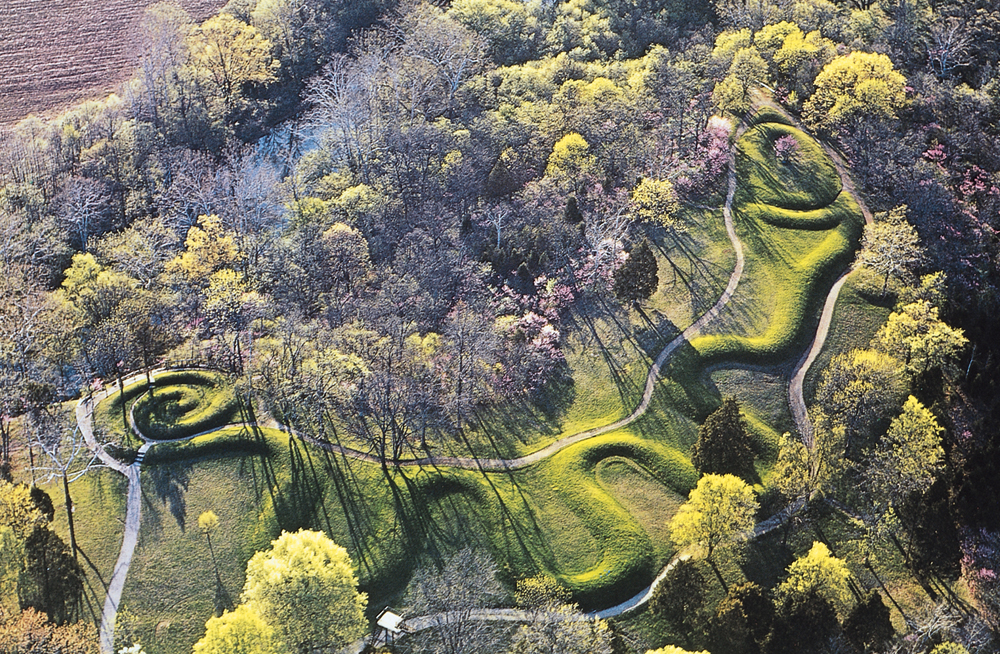
The Great Serpant Mound from 1OOO, can you see its coiled tail and its open mouth? This is in Ohio.
|
TRIBE |
POP. |
|
Cherokee |
281 k |
|
Navajo |
269 k |
|
Cree |
202 k |
|
Sioux |
108 k |
|
Chippewa |
105 k |
|
Choctaw |
87 k |
|
Pueblo |
59 k |
|
Apache |
57 k |
|
Lumbee |
55 k |
|
Eskimo |
45 k |
|
Iroquois |
45 k |
|
Creek |
40 k |
|
Blackfoot |
27 k |
|
Chickasaw |
20 k |
|
Tohono |
17 k |
|
Potawatomi |
15 k |
|
Yaqui |
15 k |
|
Tlingit |
15 k |
|
Alaskan |
14 k |
|
Seminole |
13 k |
|
Cheyenne |
12 k |
|
Puget Sound |
10 k |
|
Comanche |
10 k |
|
Paiute |
10 k |
|
Crow |
10 k |
|
Kiowa |
9 k |
|
Pima |
9 k |
|
Yakama |
9 k |
|
Delaware |
9 k |
|
Menominee |
8 k |
|
Shoshone |
8 k |
|
Osage |
8 k |
|
Ute |
8 k |
|
Ottawa |
7 k |

The Eastern Woodlands peoples during mound building days

Indian tribes and where they lived
Calusa Indian domicile reconstructed in the Florida Museum
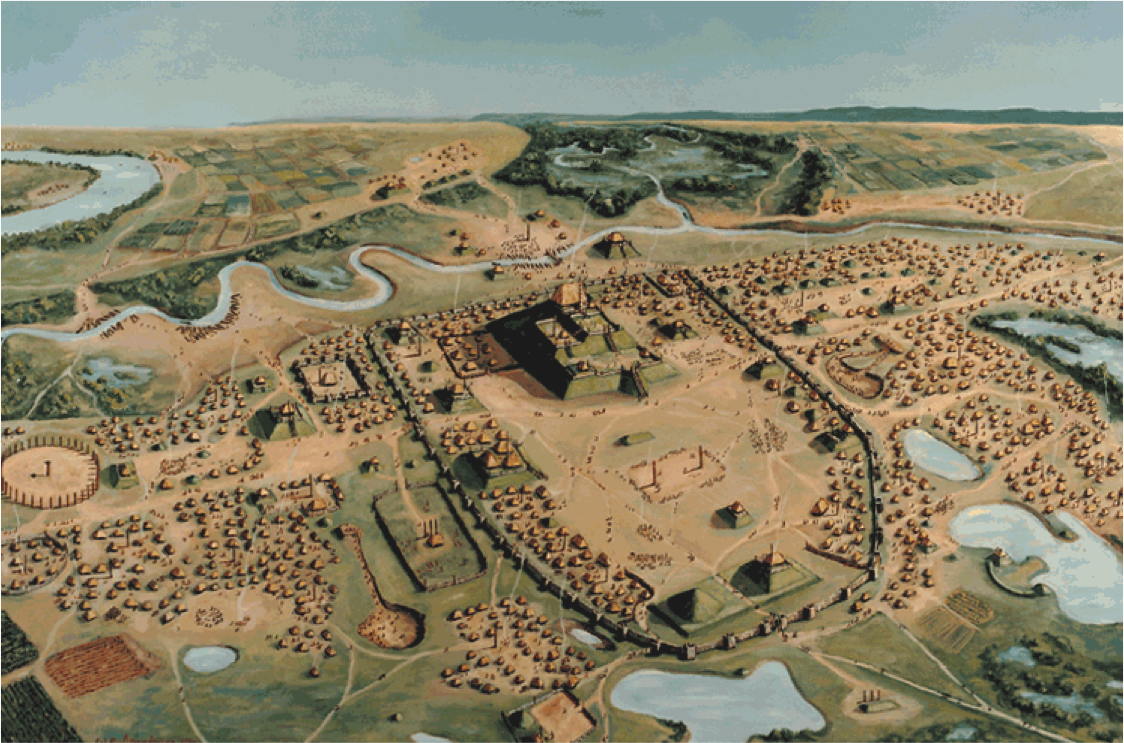
Cahokia, the largest lost city built by Native Americans, outside St. Louis
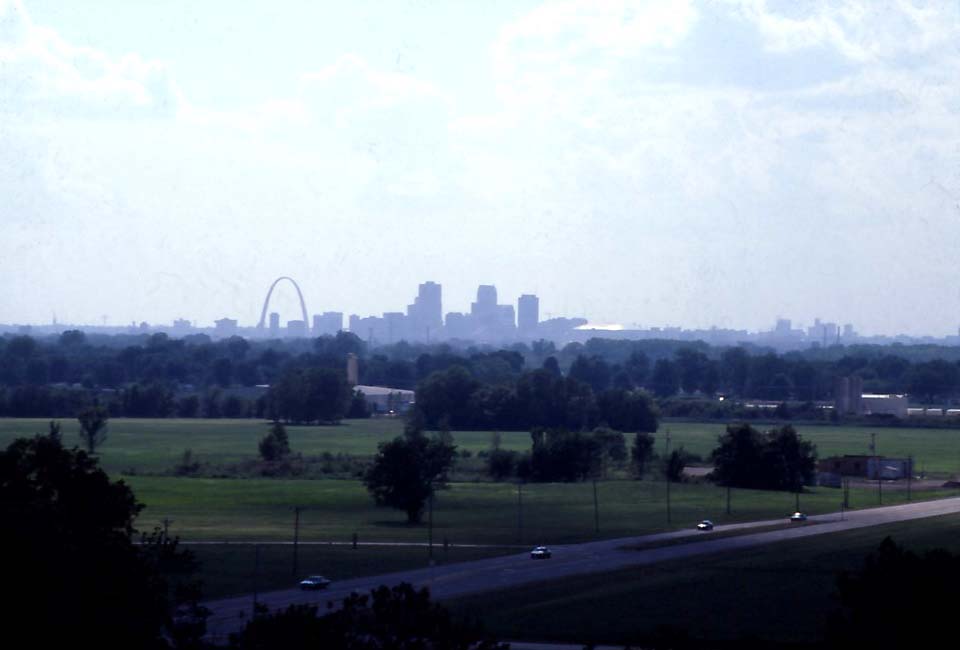
St. Louis, Missouri from the top of the highest mound at Cahokia State Park
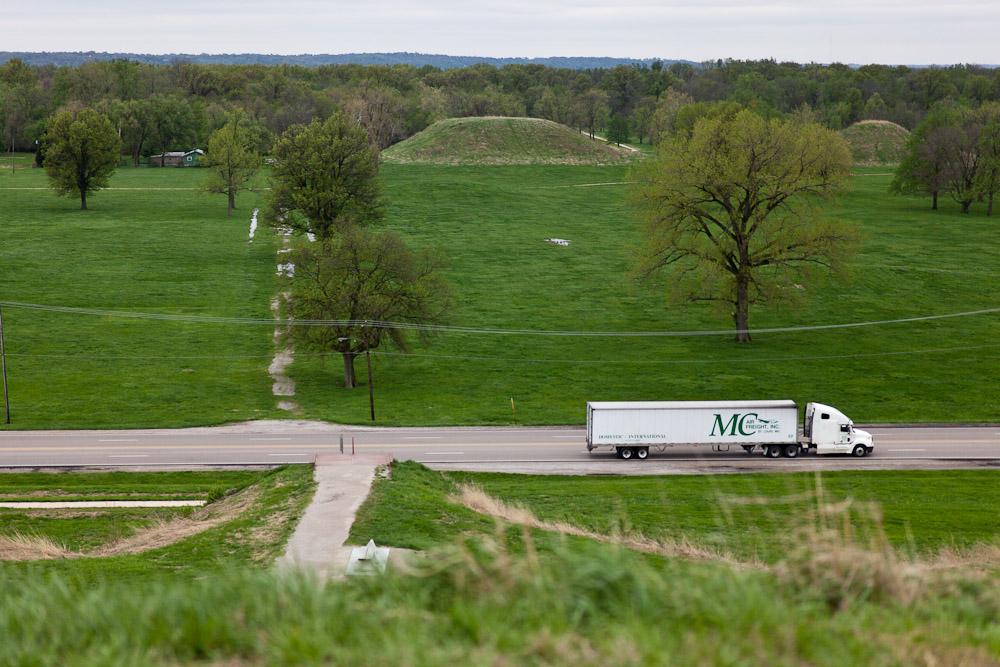
Some people are only semi-concerned with how America was 600 years ago
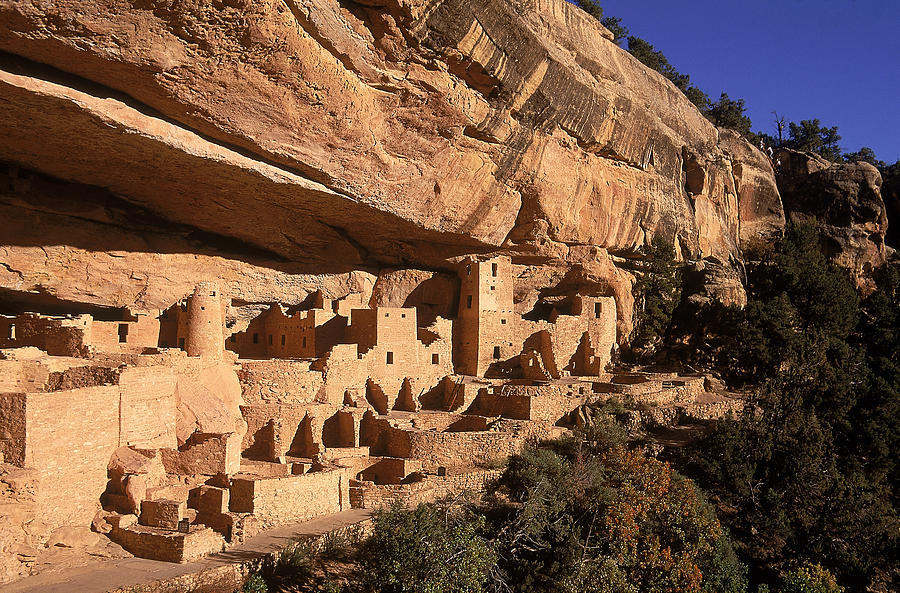
Cliff Palace at Mesa Verde, from the 12th century, one of the centers of Anasazi culture in the southwest
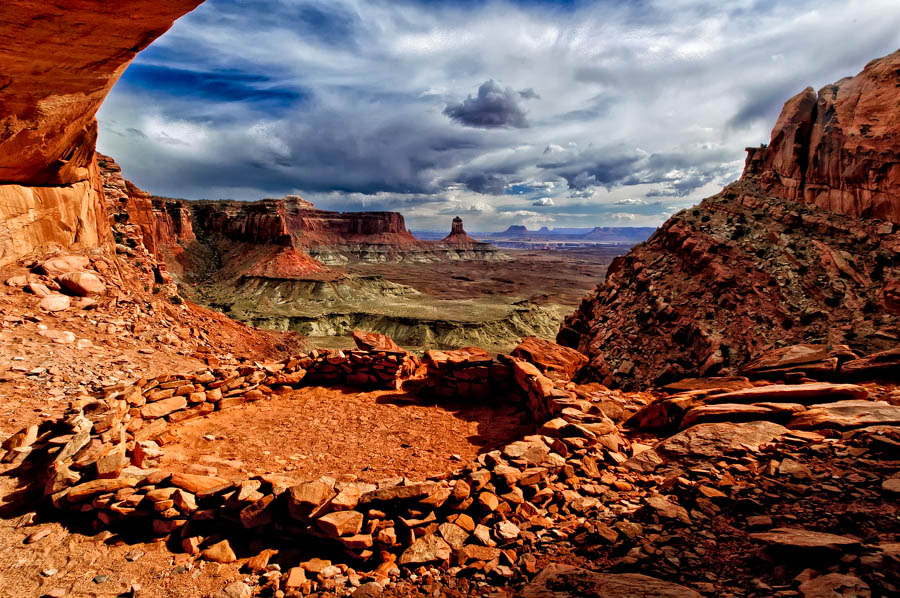
The Anasazi peoples met at a Kiva, like King Arthur and his knights met at a round table
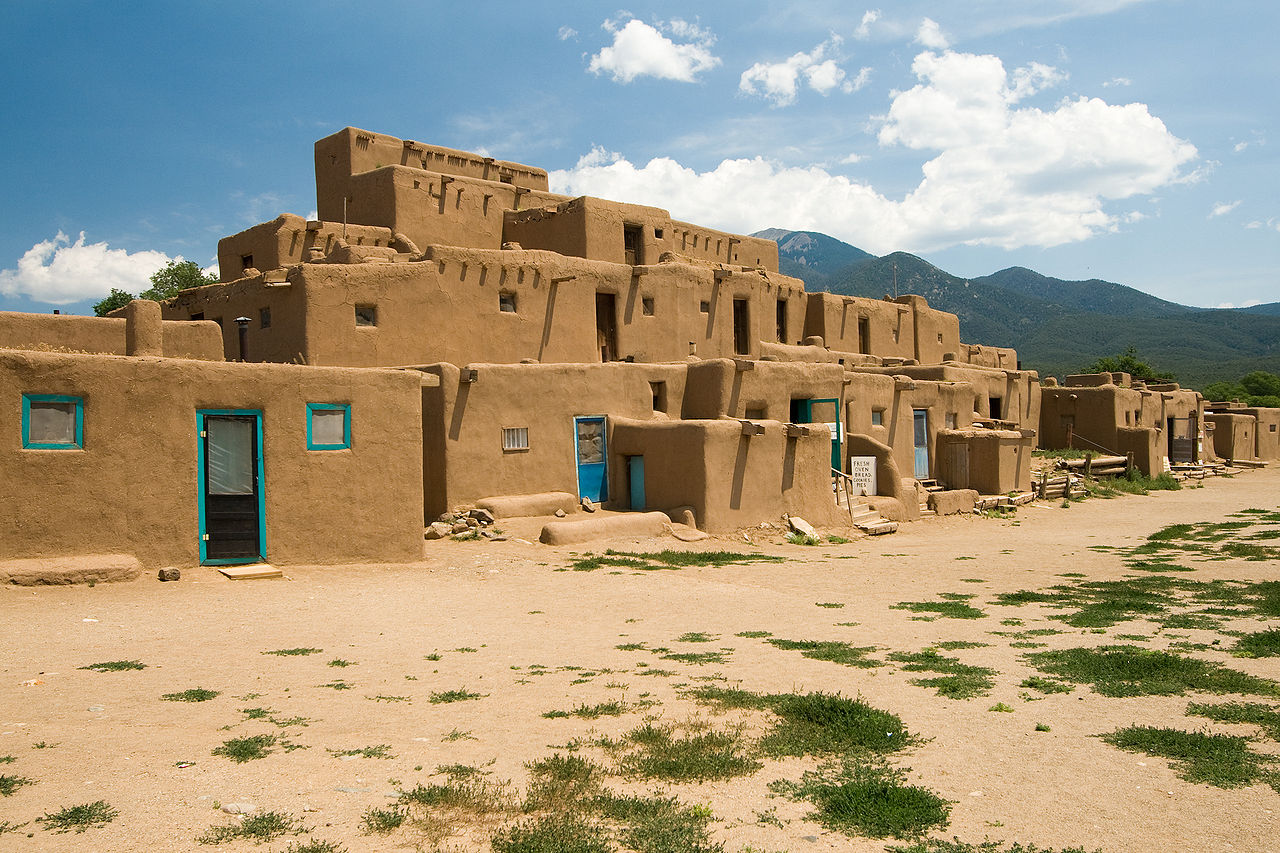
Pueblo Indian apartment complex built in the 14th century in New Mexico
---MESOAMERICA BEFORE COLUMBUS---
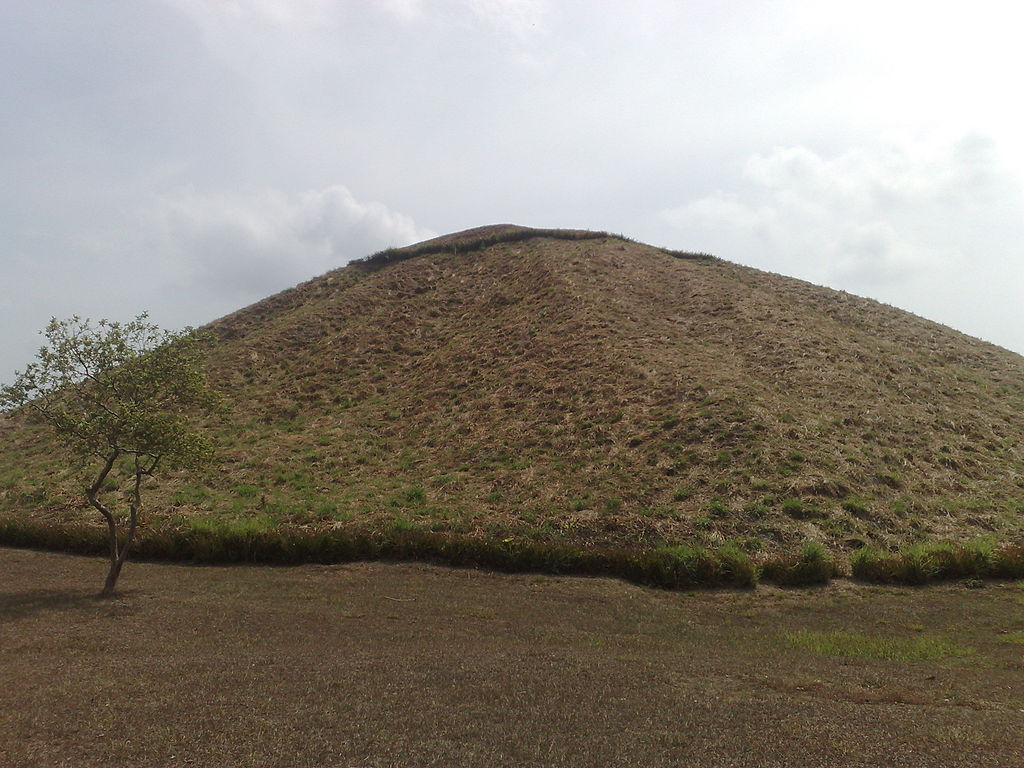
Olmec capital of La Venta in Tabasco, Mexico
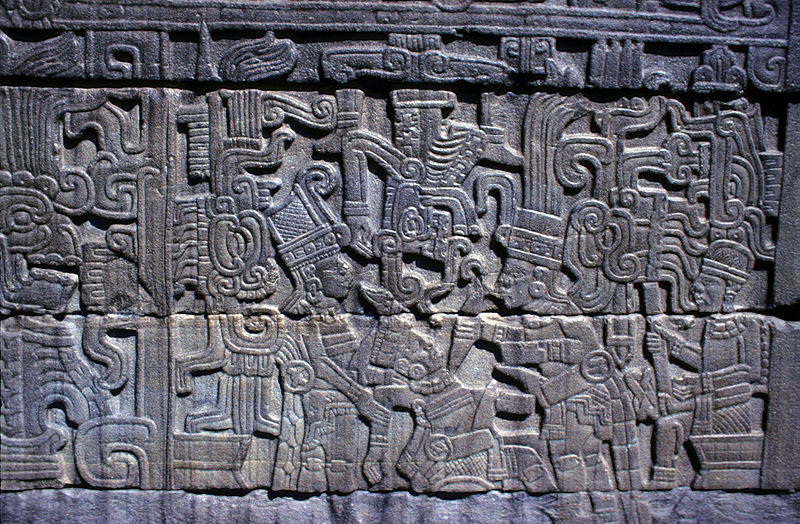
Bloodletting ritual carved by the Olmecs in the BC times, that is, before
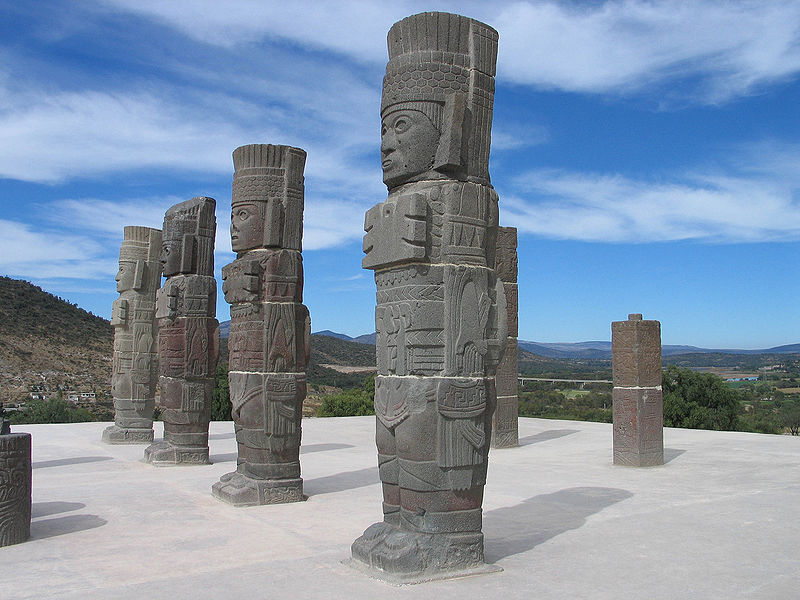
The ancient Toltecs (1000 years ago) carved rock statues like these
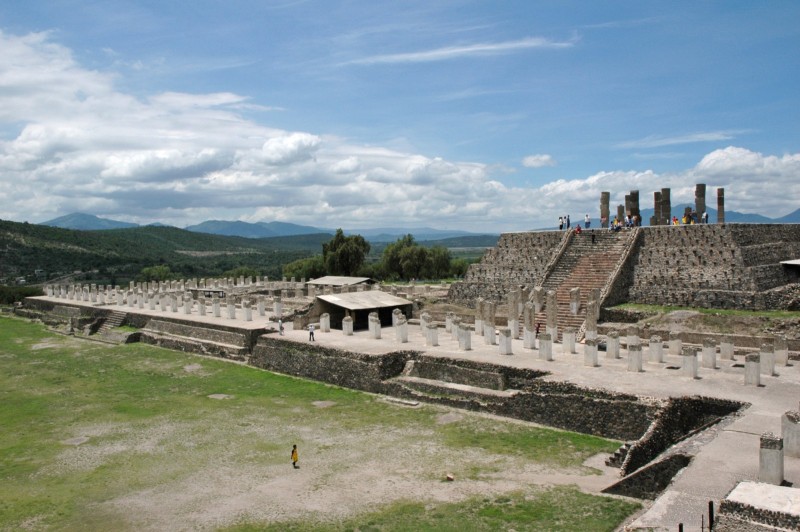
Tula was capital of the Toltecs, and like Chichen Itza 900 miles east, it had ceremonial architecture
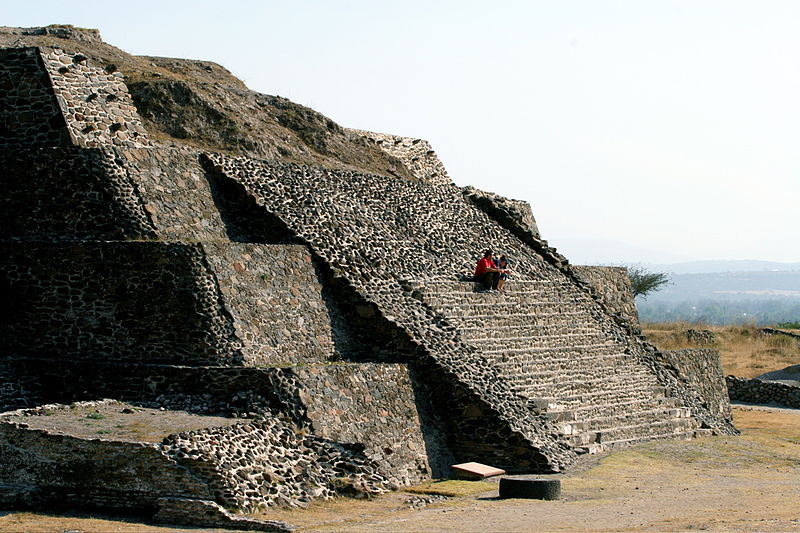
A Toltec pyramid- equivalent to the Step-Pyramid of Sakkara in Egypt (meaning, it was an early version)
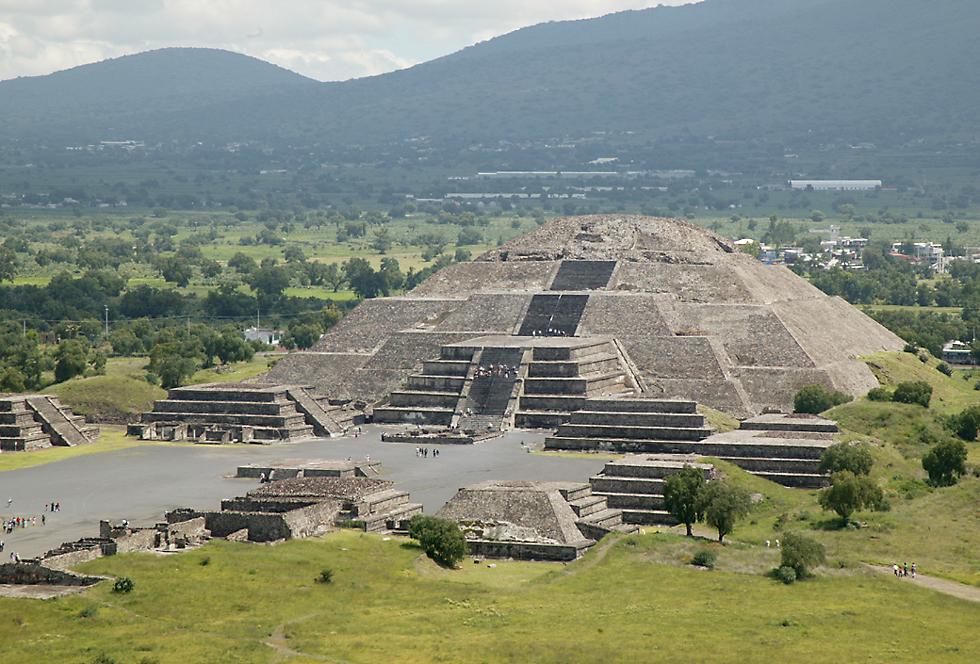
This is Teotihuacan, a great ceremonial city 30 miles north of Mexico City.
Mayans and Aztecs both lived there, along with others like the Zapotecs.
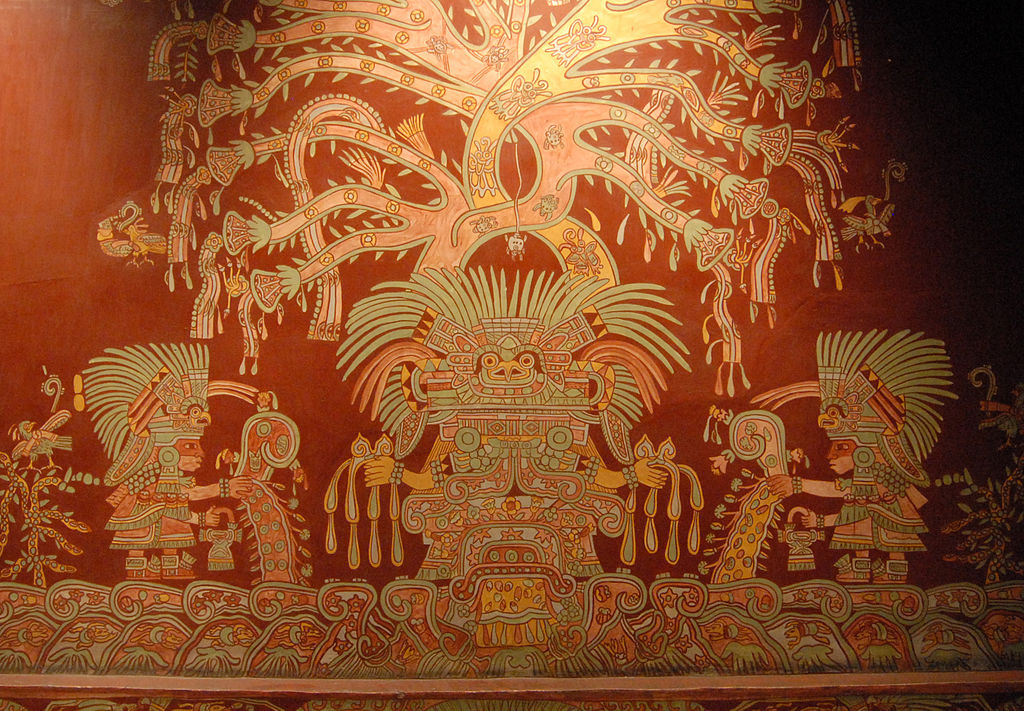
Great Goddess of Teotiuacan, demanding human sacrifice rituals as the Olmec gods did before
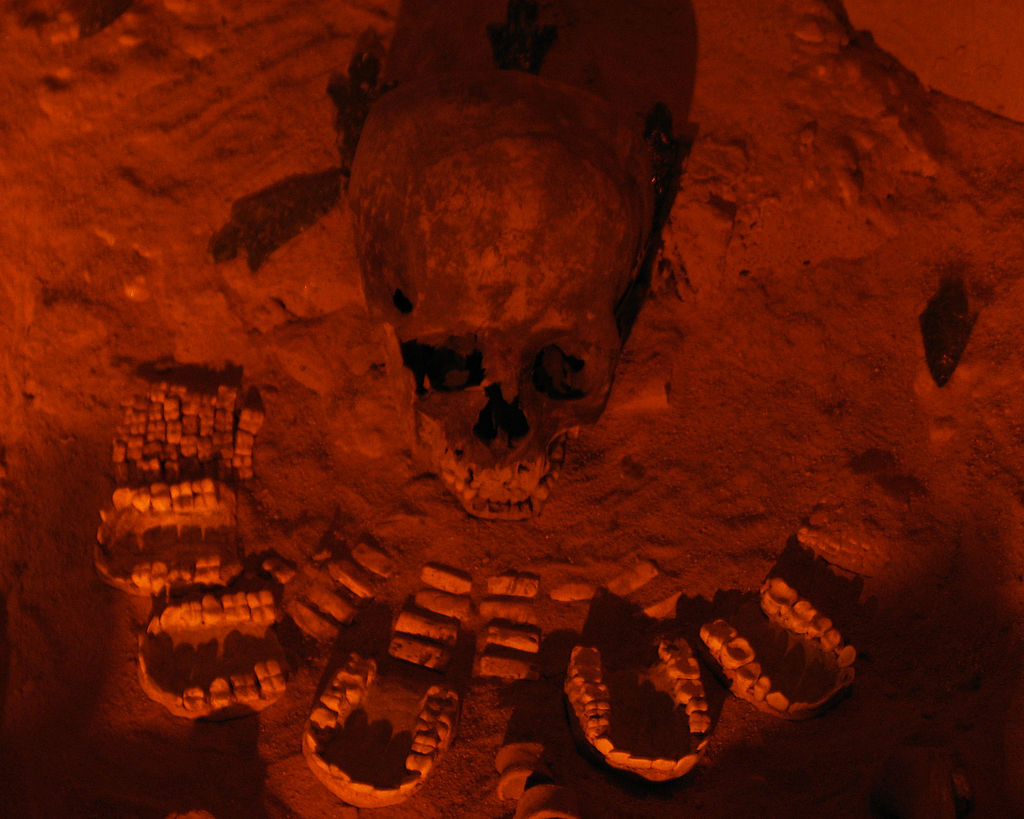
"Detail of a collective burial of those slaughtered as part of the rites of consecration
for the Pyramid of the Feathered Serpent (c. 200) In this case, all buried bodies had
their hands tied behind their backs. The necklace is made of pieces that simulate
human jaws, but other subjects buried wore necklaces with actual jaws."
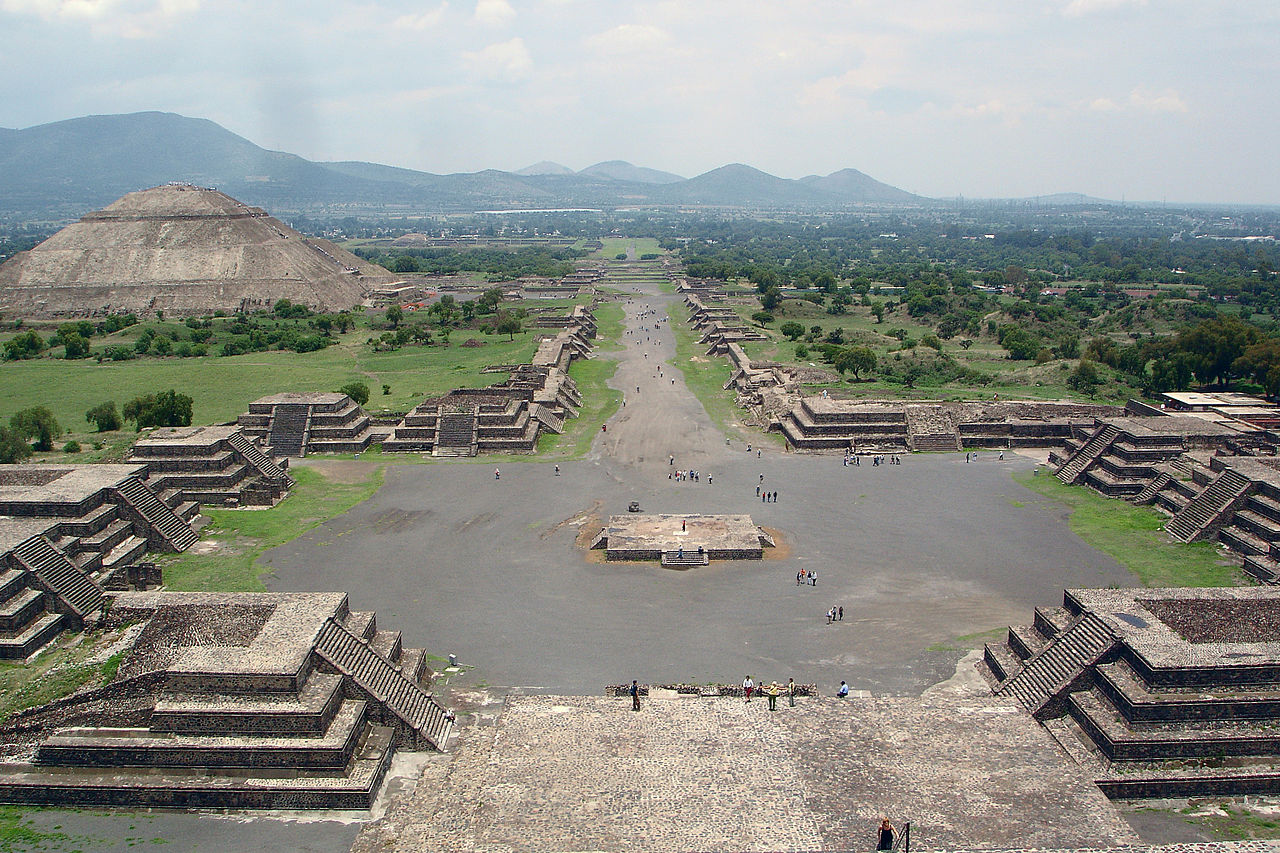
Avenue of the Dead seen from the Pyramid of the Sun
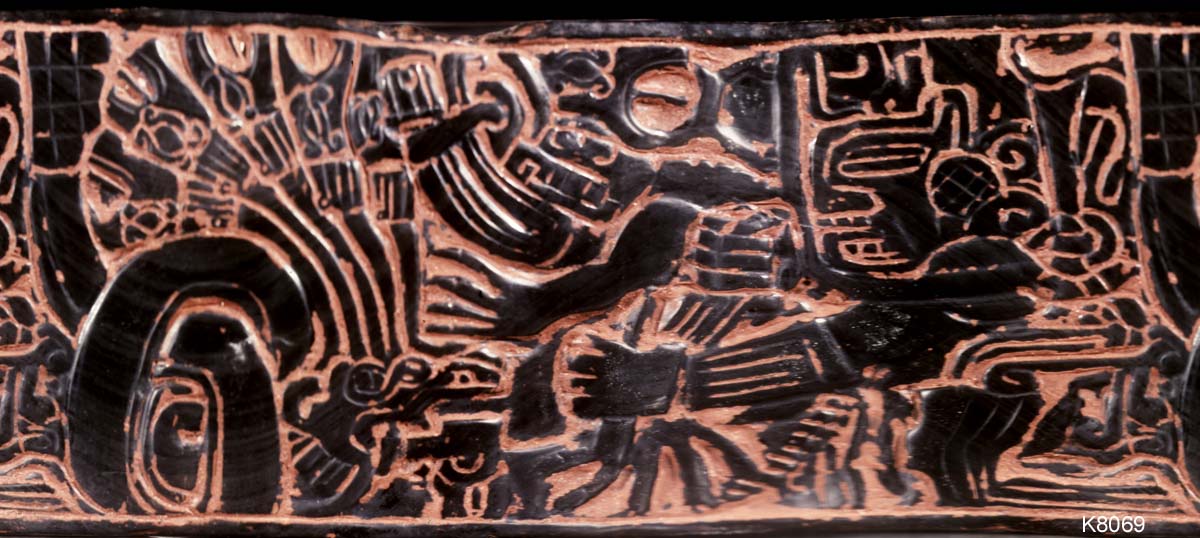
Carved obsidian featuring the Mayan gods, with snakes coming out of their heads
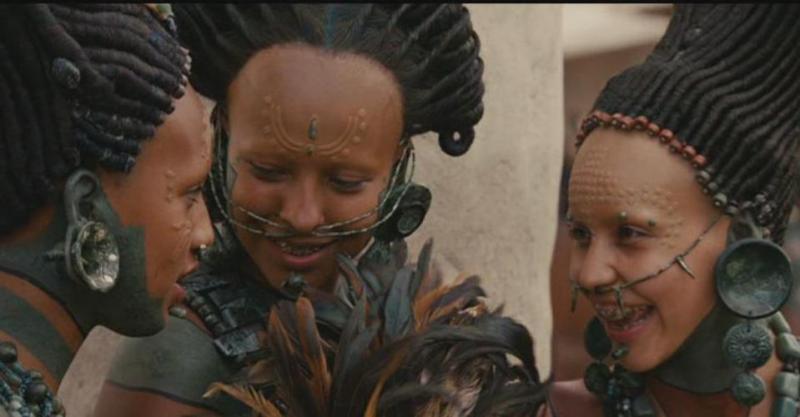
Would mom be mad? Modern Mayan descendents pierce their faces in the traditional way

Mayan ruins of Tikal, discovered by John Lloyd Stephens in the 19th century
Pyramid of the Great Jaguar at Tikal, Lord Cacao's burial site in 650
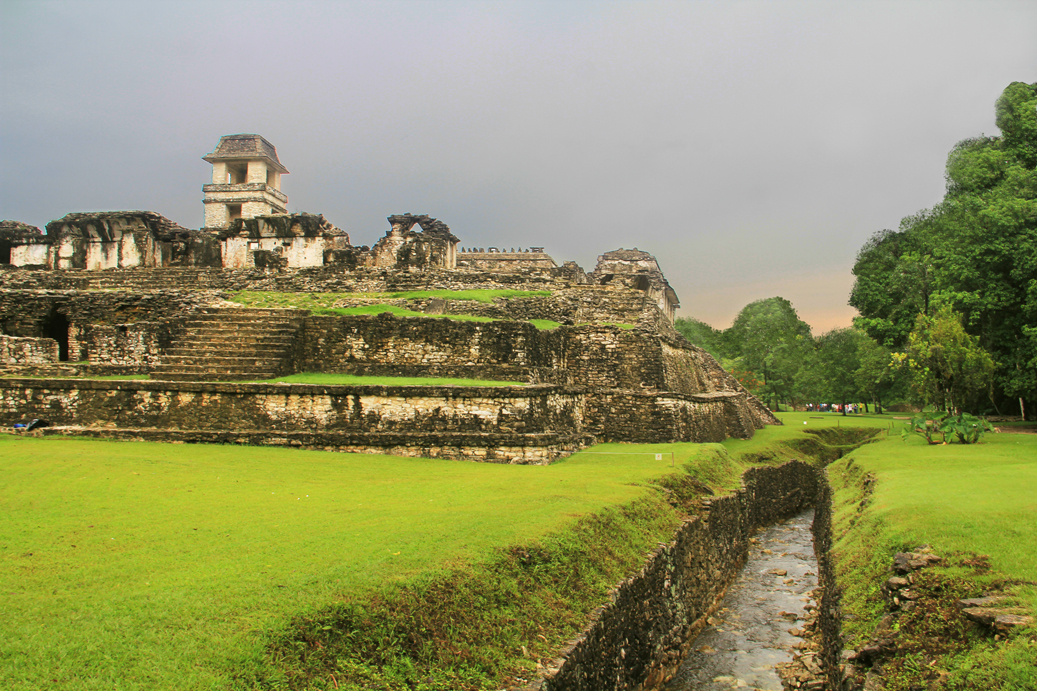
Palace and irrigation ditch at Palenque, a classic Mayan city, built around 700
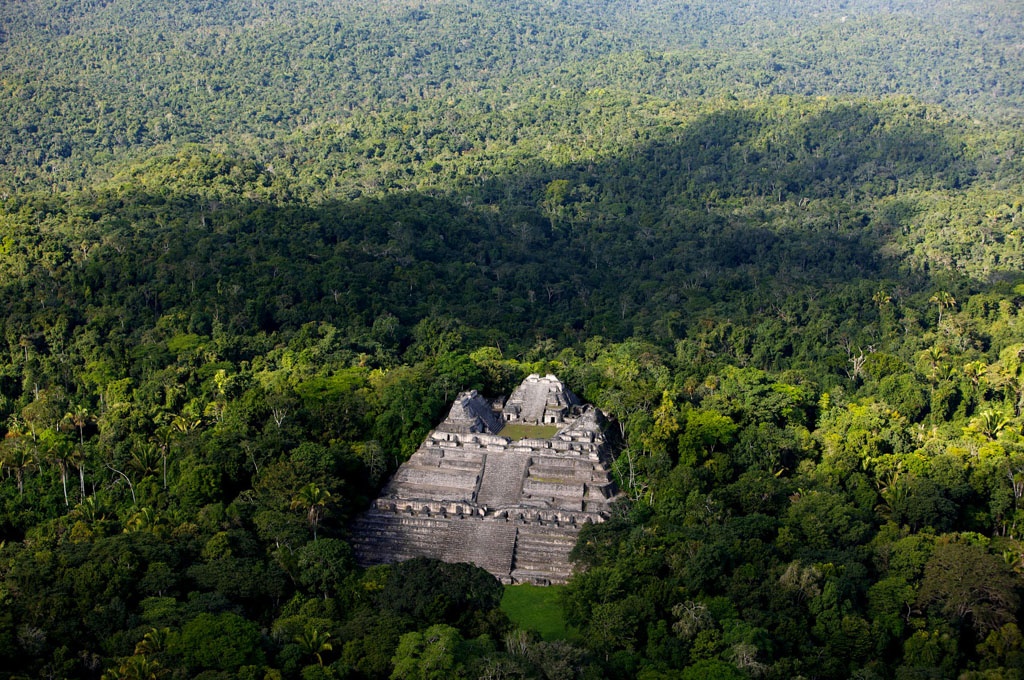
Another Mayan city was found at Caracol, Belize, built around 800
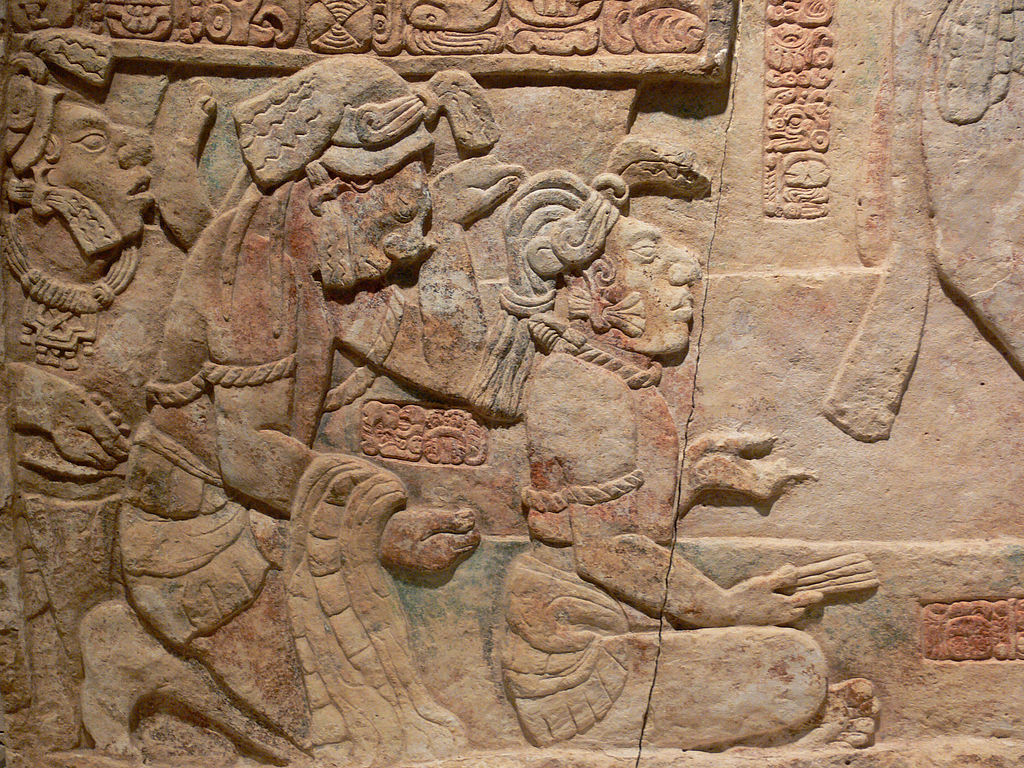
Presentation of captives to the Mayan priests for sacrifice
Remember: sacrifice was considered good for the community
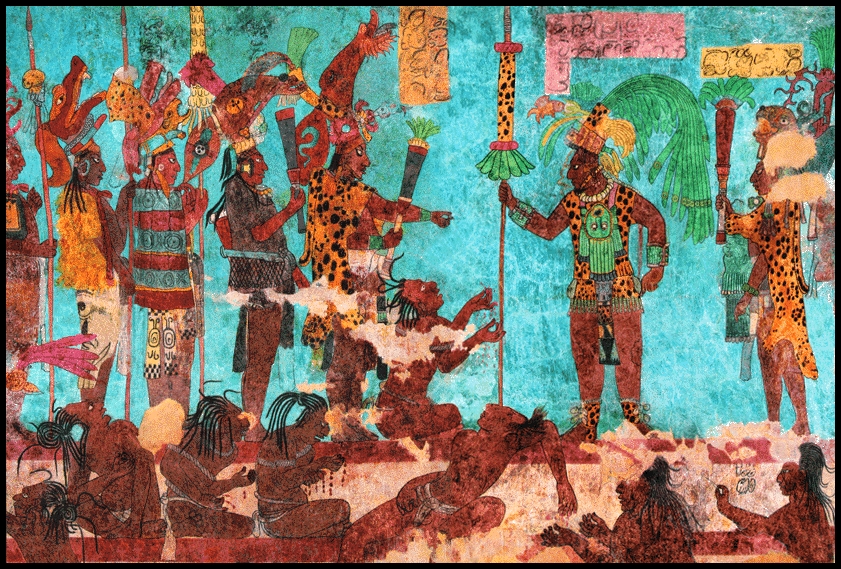
The Bonampak Temple's art shows people being made ready for sacrifice
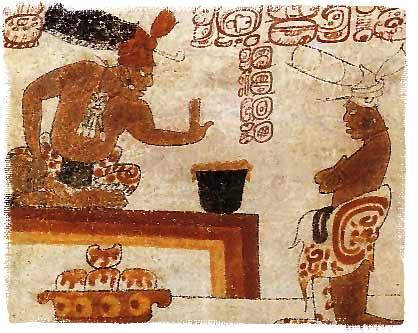
A Mayan priest forbids someone to touch his jar of chocolate
'Cause... that's my chocolate! http://www.chocolate.org/montezuma.html
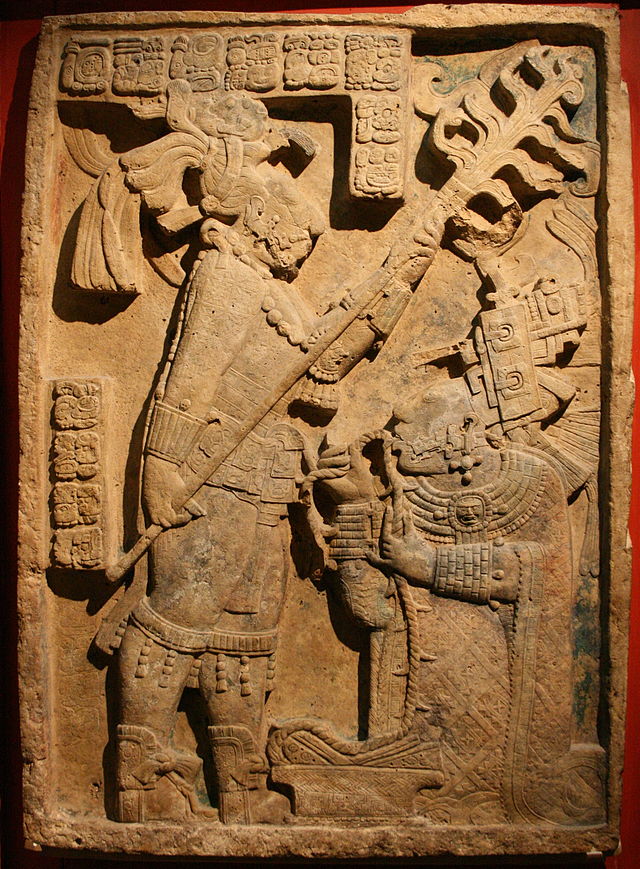
 3
3
Lady Xoc, wife of Mayan King Shield Jaguar II, putting a barbed rope through her
tongue to please the Mayan gods, as her king looks on with approval (L) and Aztec art (R)
Jaguars were the greatest beast of the New World, so the comparison is equivalent to "Lion King".
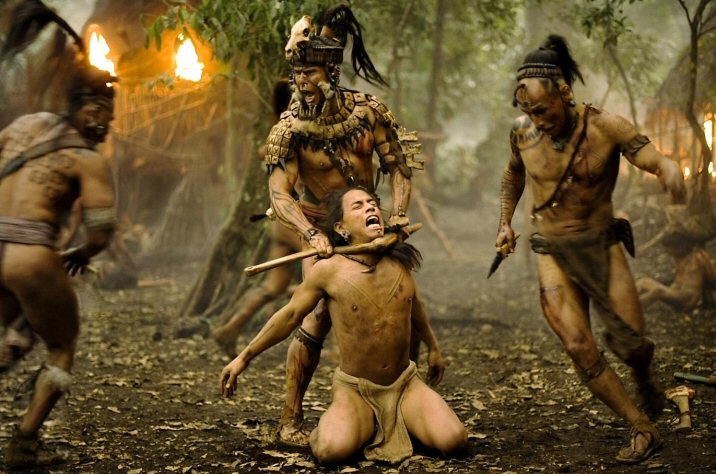
Unlike the Aztecs, the Mayans were on the decline before Columbus' voyage
the protracted decline was portrayed in the movie Apocalypto (2006) featuring Mayan language
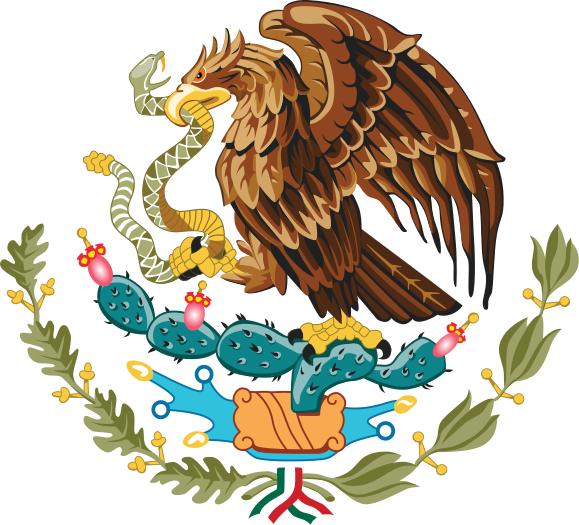
The Aztecs have a legend of the founding of Tenoctitlan, done by an eagle
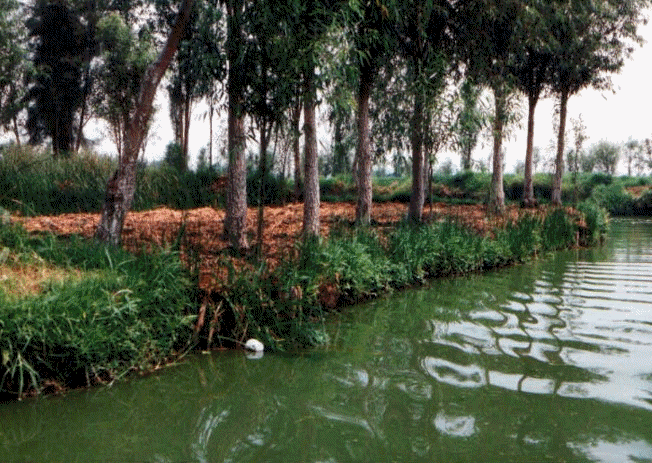
Chinampas agriculture as practiced near Mexico City
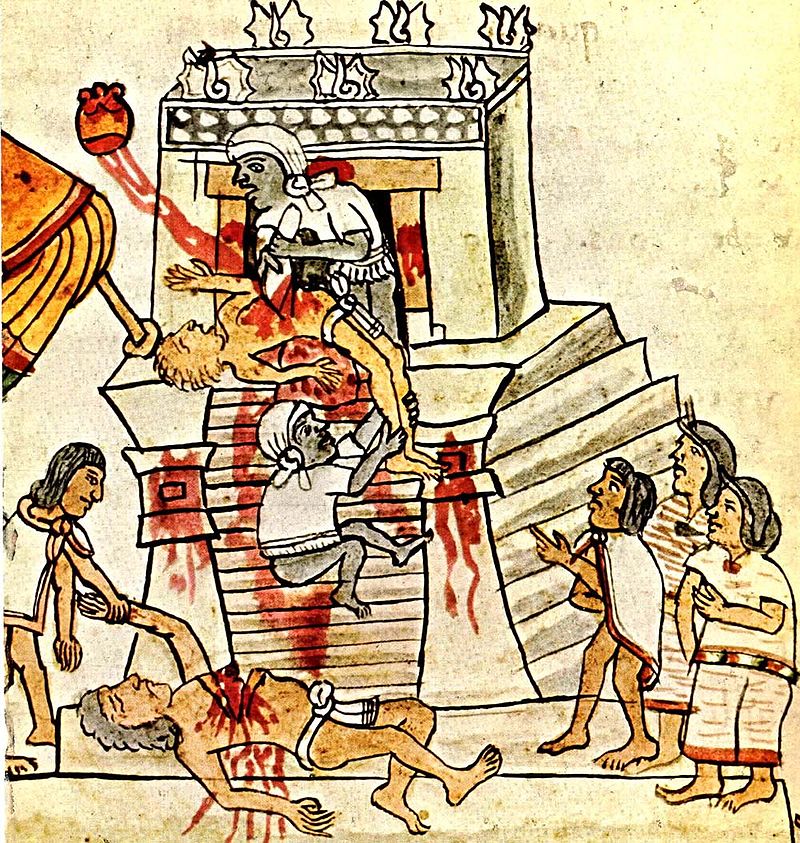
Heirs to the Olmecs and Mayans, the Aztec priests also demanded constant human
sacrifices to the gods, as shown in the art that has survived from the pre-Columbian era
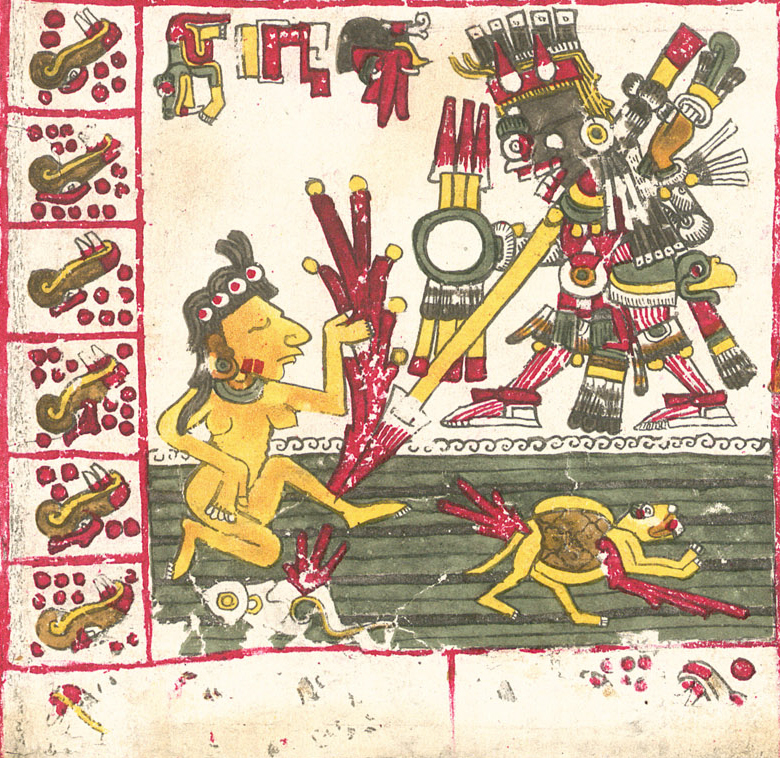
A woman is being speared by the malevolent god Tlahuzcalpantechutli
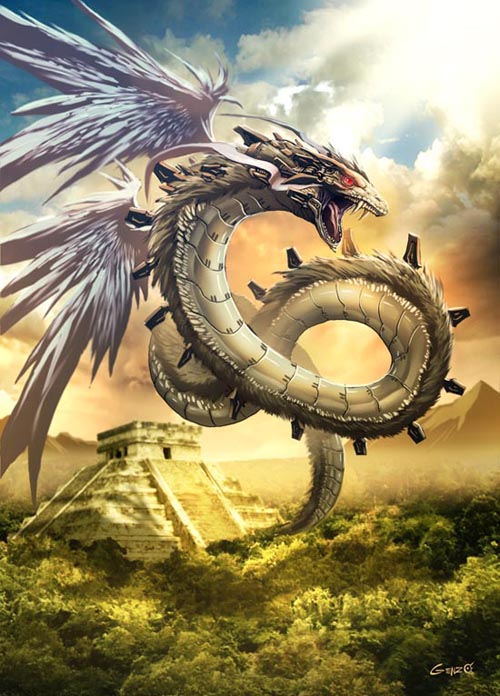
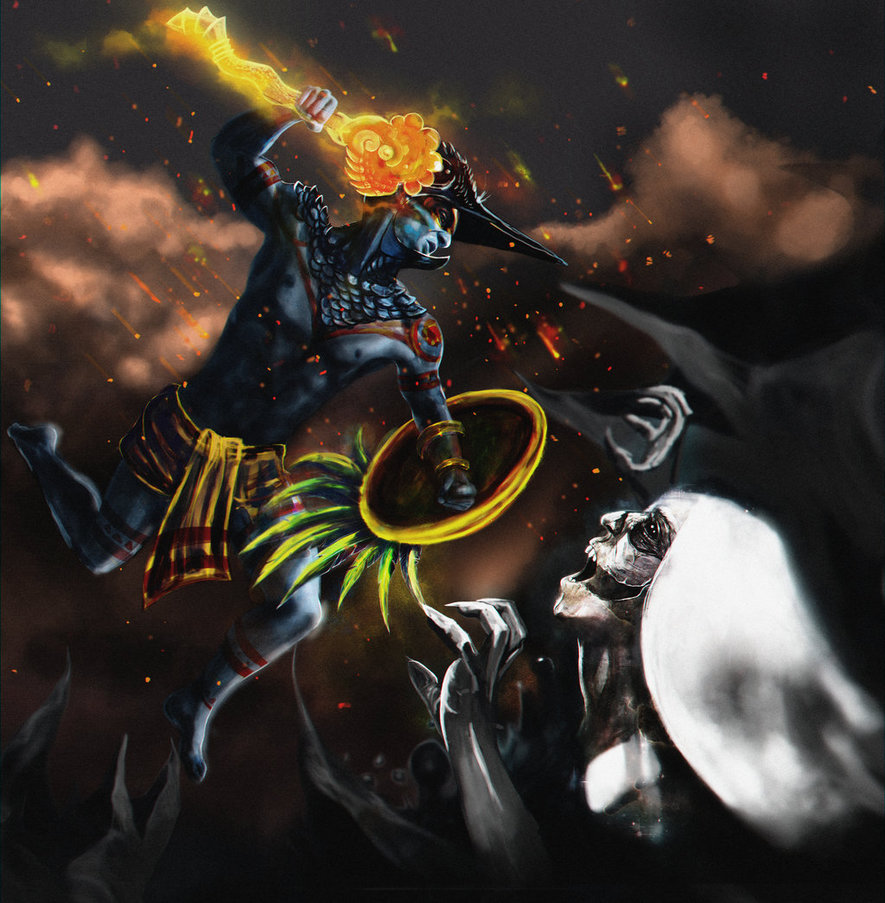
Aztec gods Quetacoatl, the Feathered Serpent, and Huitzilopochutli, reimagined by computer artists
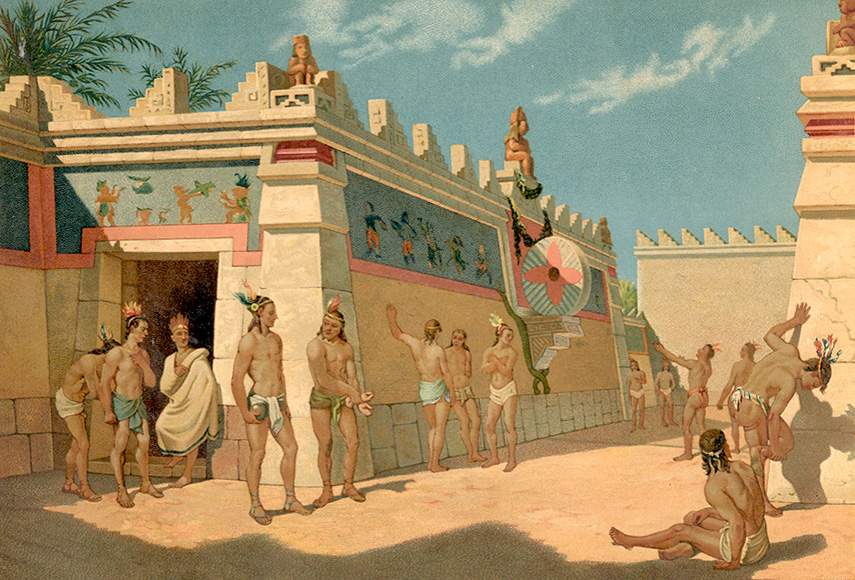
Mayans inspired the Aztecs to continue the tradition of playing ball games, a soccer-type game but with danger of dying
while playing- the game, ulama, was common throughout all societies in Mesoamerica and is still played in Sinaloa, Mexico
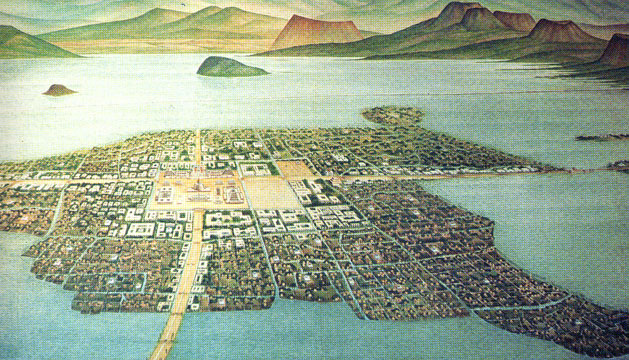
South of Teotihuacan was the capital of the Aztec Empire,
the mighty city of Tenochtitlan on an island in Lake Texcoco
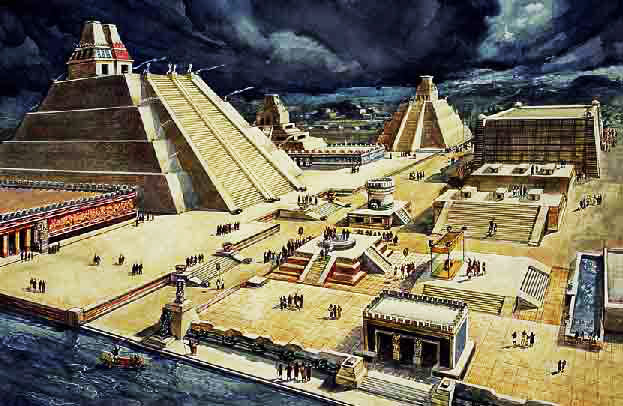
Tenochtitlan in its heyday before the voyage of Hernando Cortes
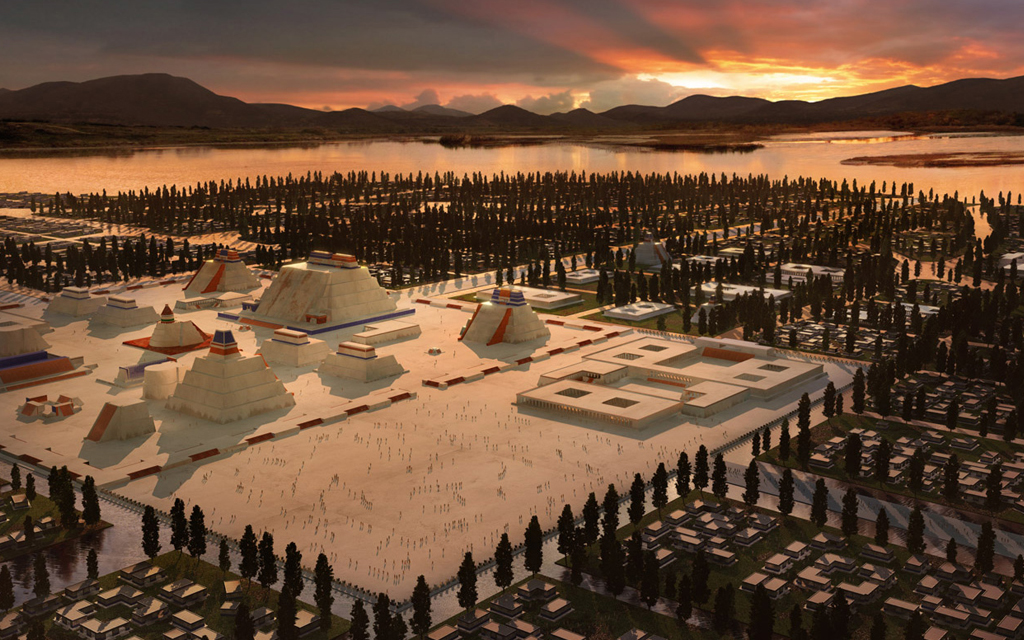
An artist's rendering of how it would have looked with houses and trees,
as described by Bernal Diaz del Castillo in the 16th century
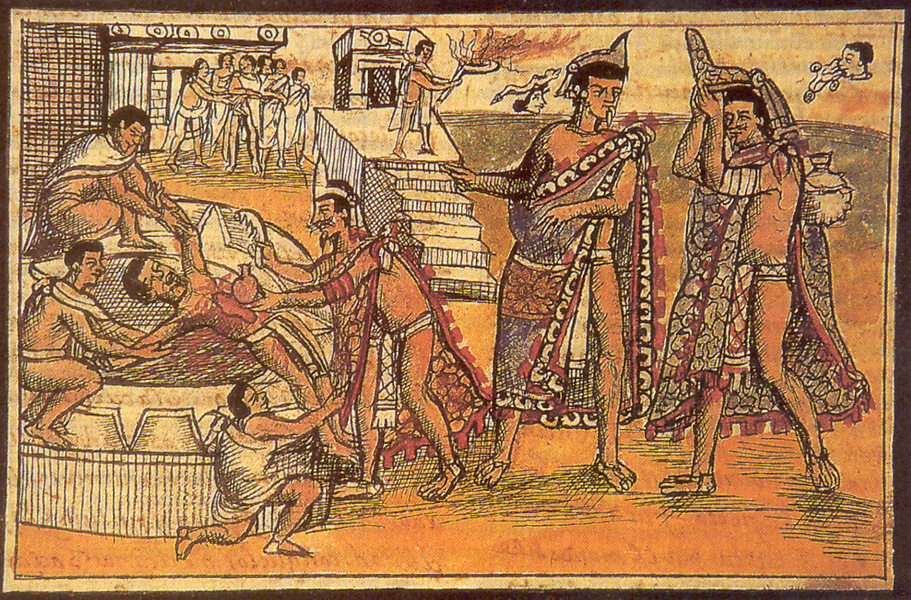
Aztec gods were fed by ripping people's hearts out and throwing the body down
the huge staires on the pyramid- here a captured person is being prepared for the journey
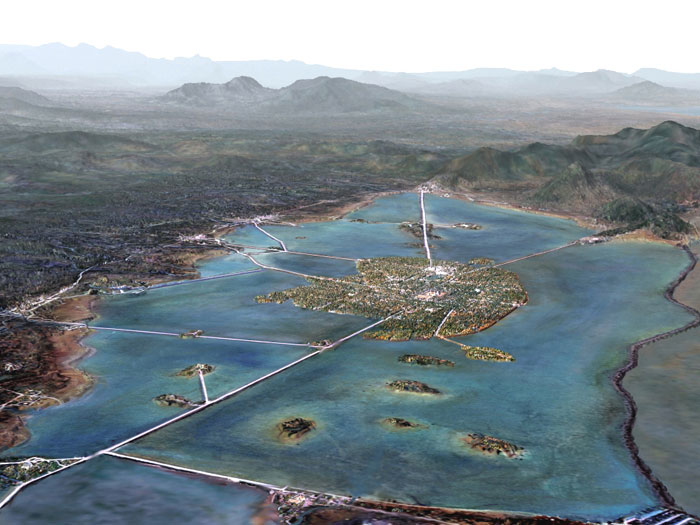
Mexico City today sits upon the site of former Tenochtitlan
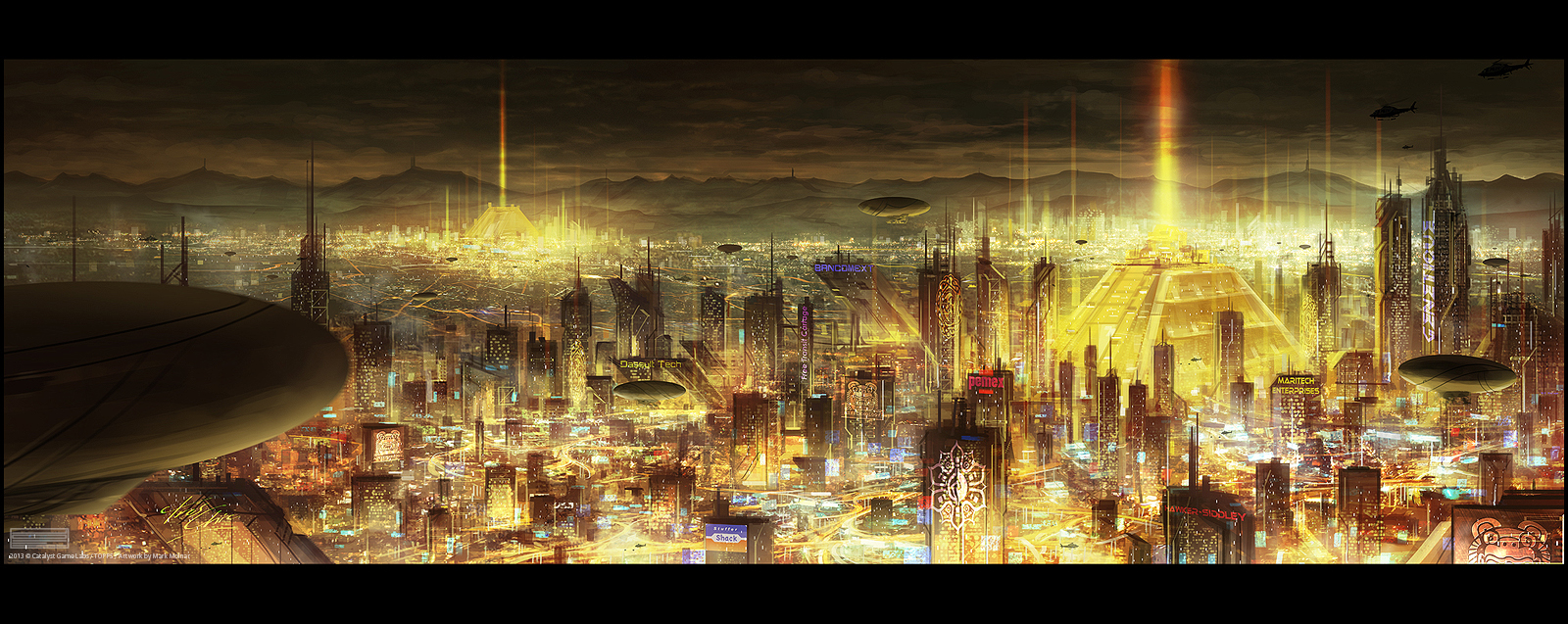
What happens if the old and the new get back together?
---SOUTH AMERICA BEFORE COLUMBUS---
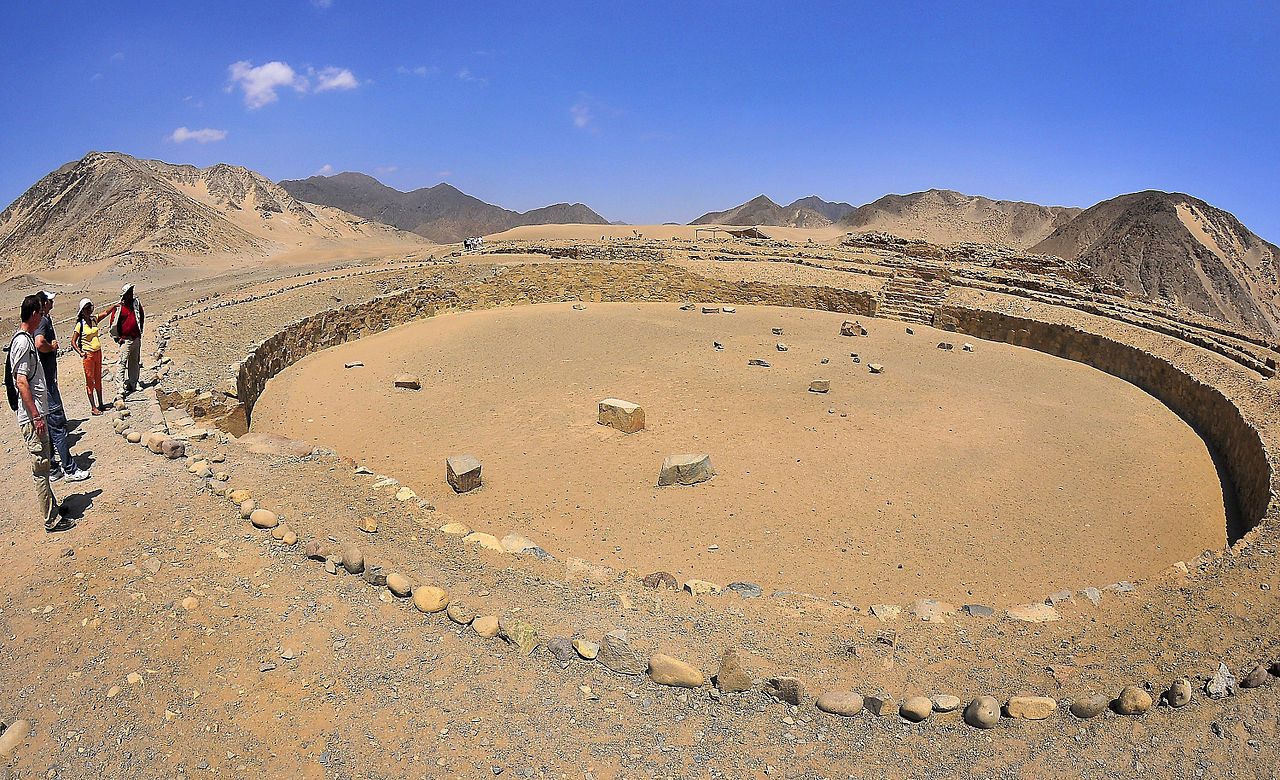
Caral, Peru, the hearth of Mesoamerican culture in South America, inhabited 2000 BC
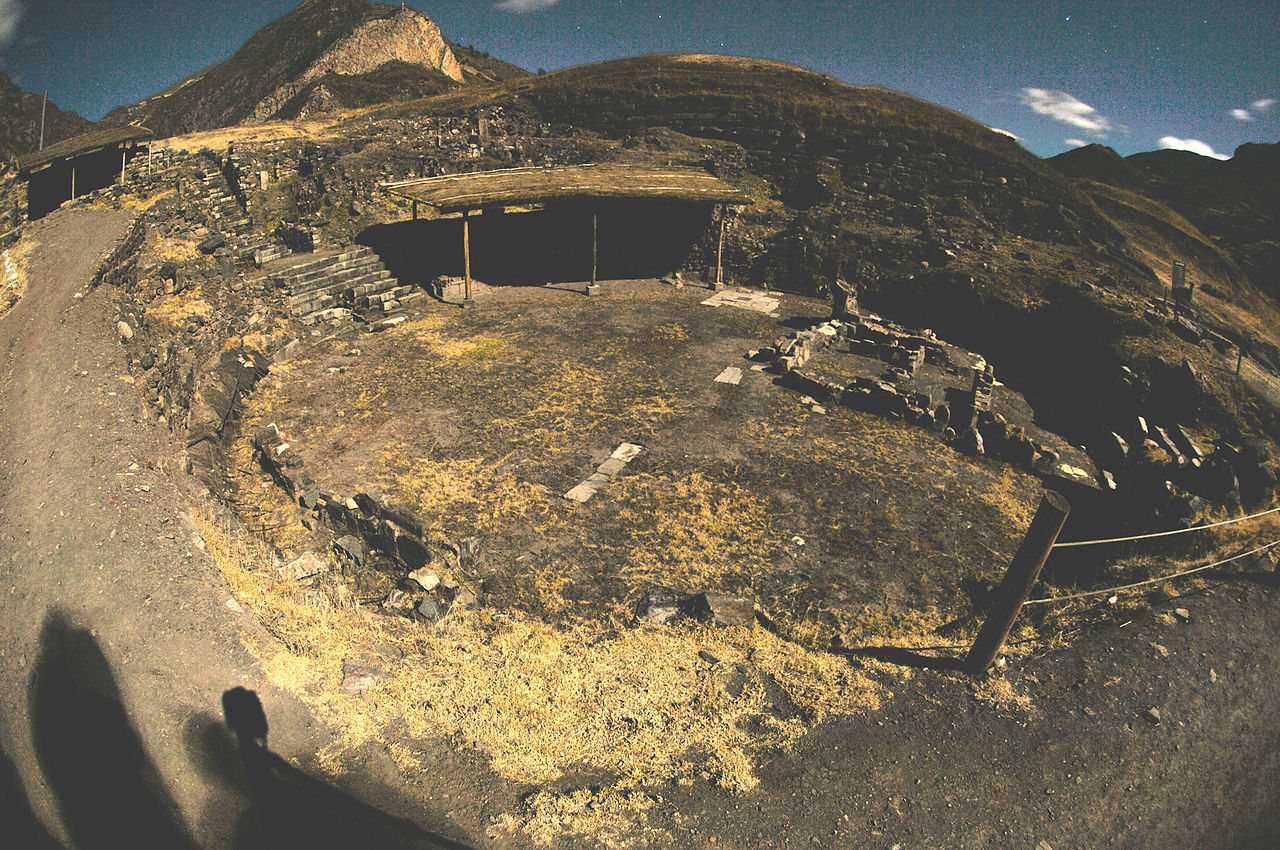
The Chavin culture, prospering around 400, clearly influenced by Caral. The Chavin culture had
a predillection to connect corn harvesting with fertility and artwork- its gods are so portrayed
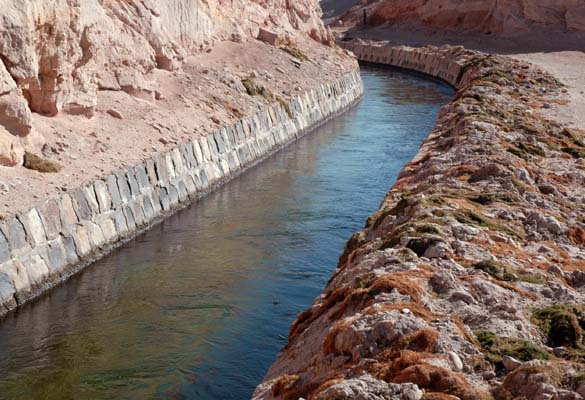
The Chimu of the Andes, predecessors of the Inca, built irregation canals around 900.
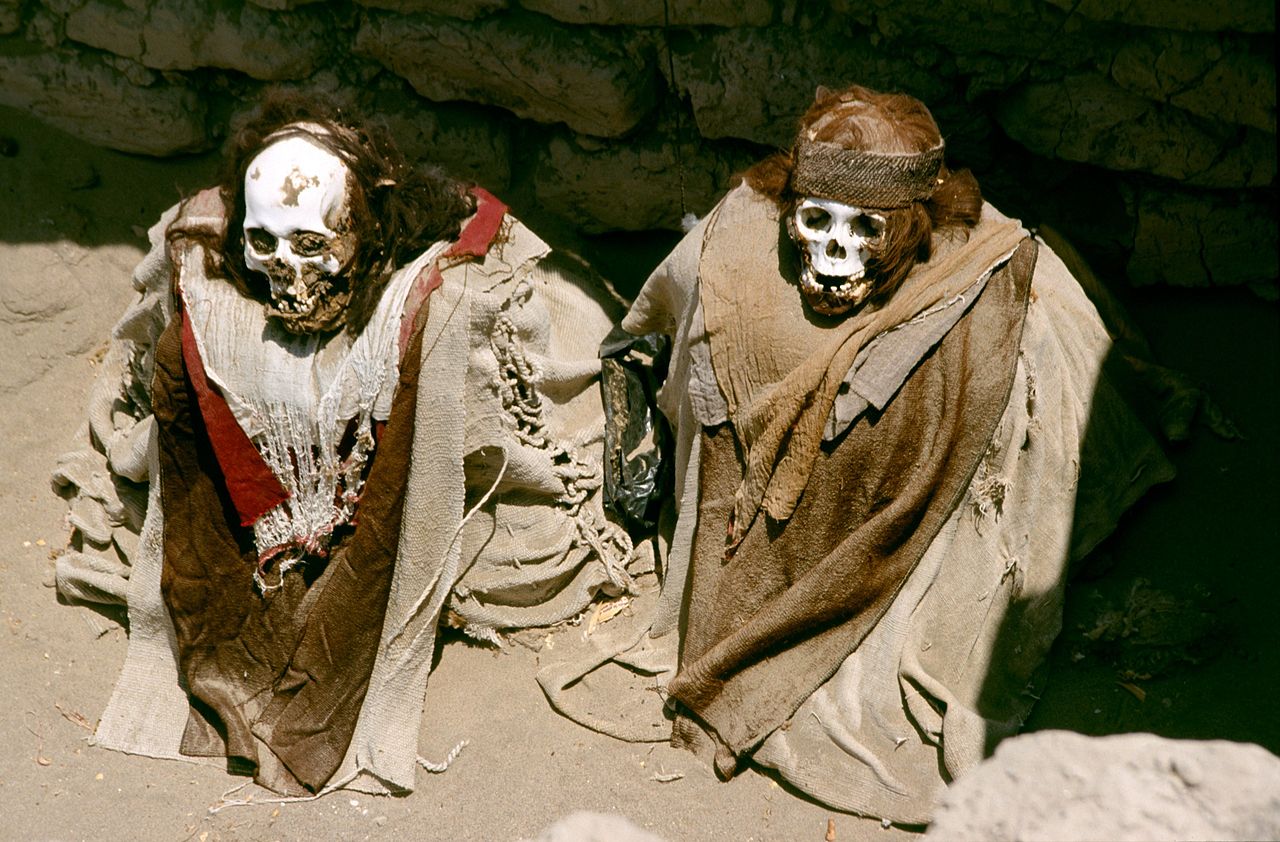
Trophy Heads were collected by Nazca fighters in the Andes in the 8th century- this was a kind of burial
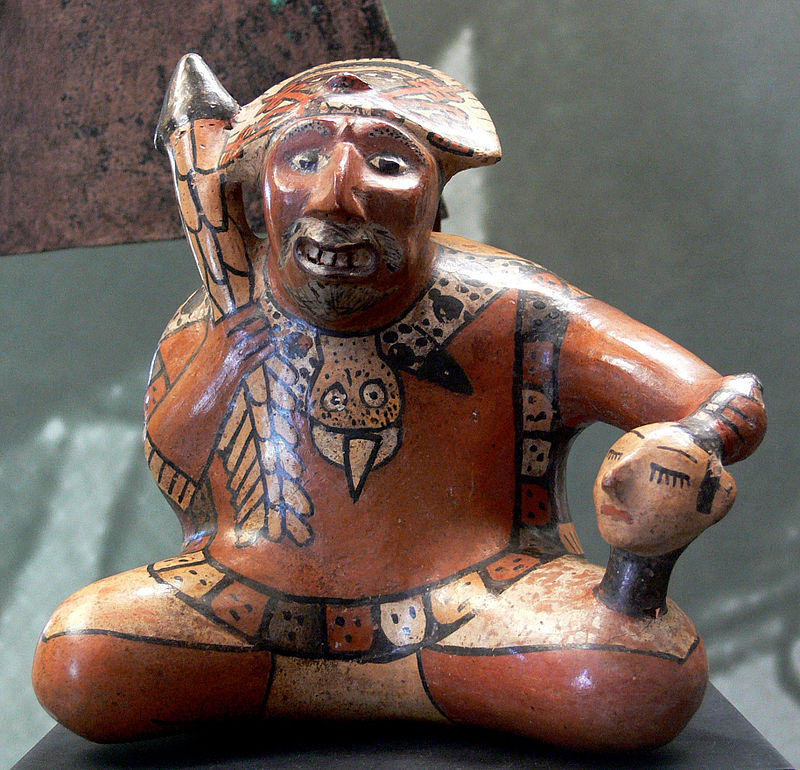
A warrior holding a trophy head represented in Nazca art
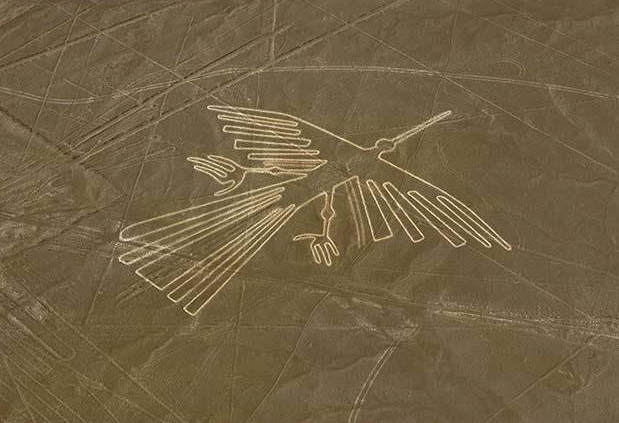
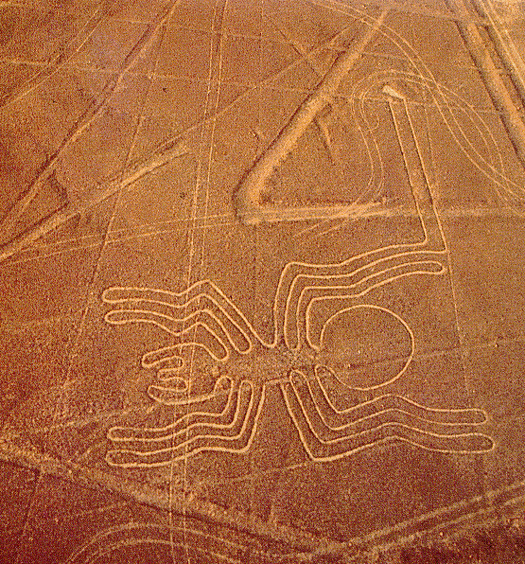
Nazca Lines are famous for their connection to conspiracy theories, but also fascinating objects of study

Monument to the Chibcha culture in modern Peru, which followed the Chavin
culture but preceeded the Inca, meaning it was the majority culture of a number of generations
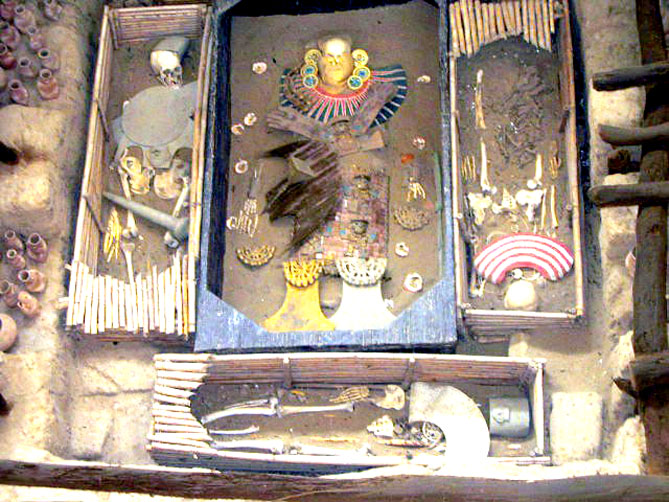
Artifacts from the Moche culture, which preceeded the Inca as well, in a museum
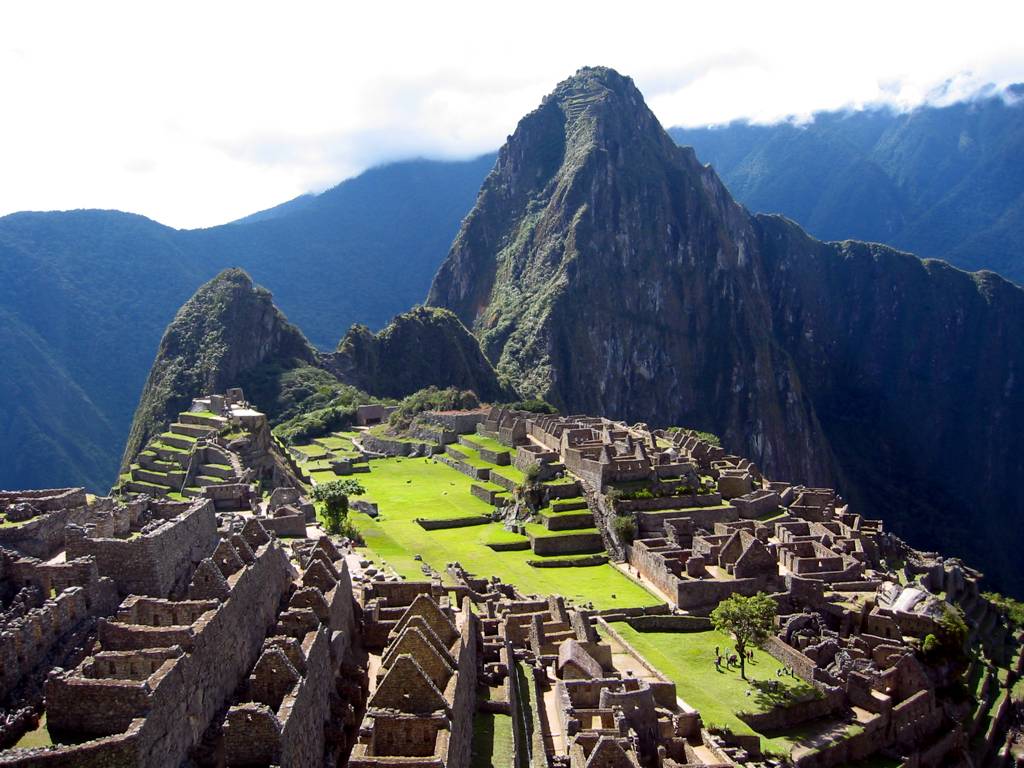
One of the most spectacular sites in the world: the Inca city of Machu Picchu in the Andes
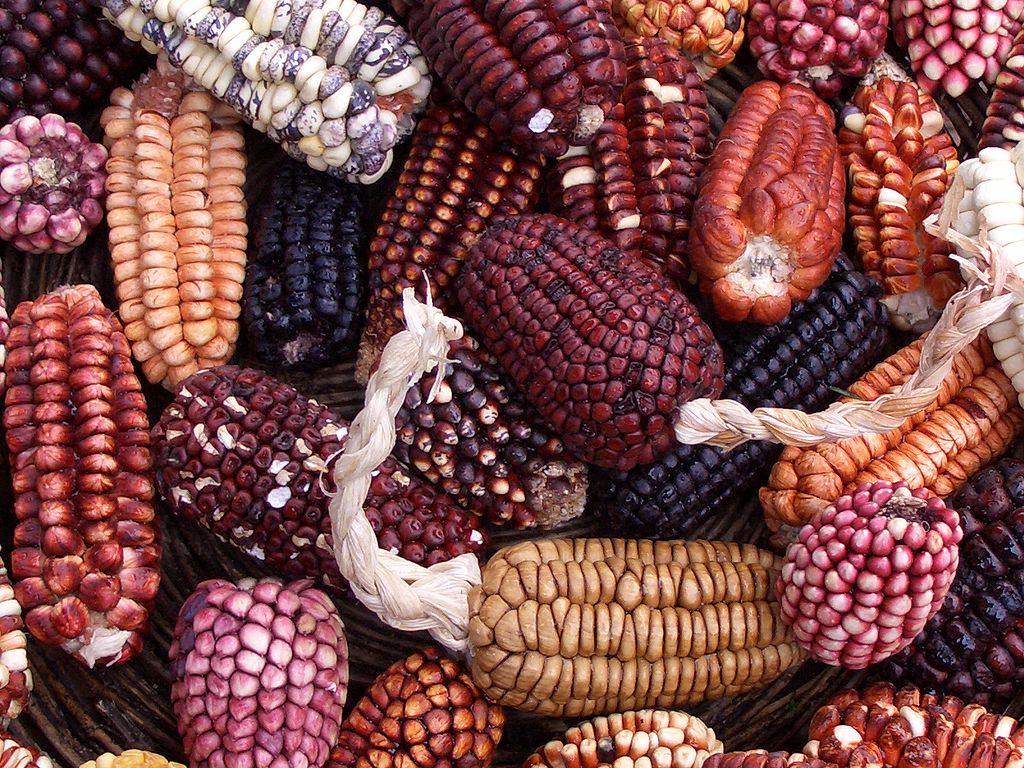
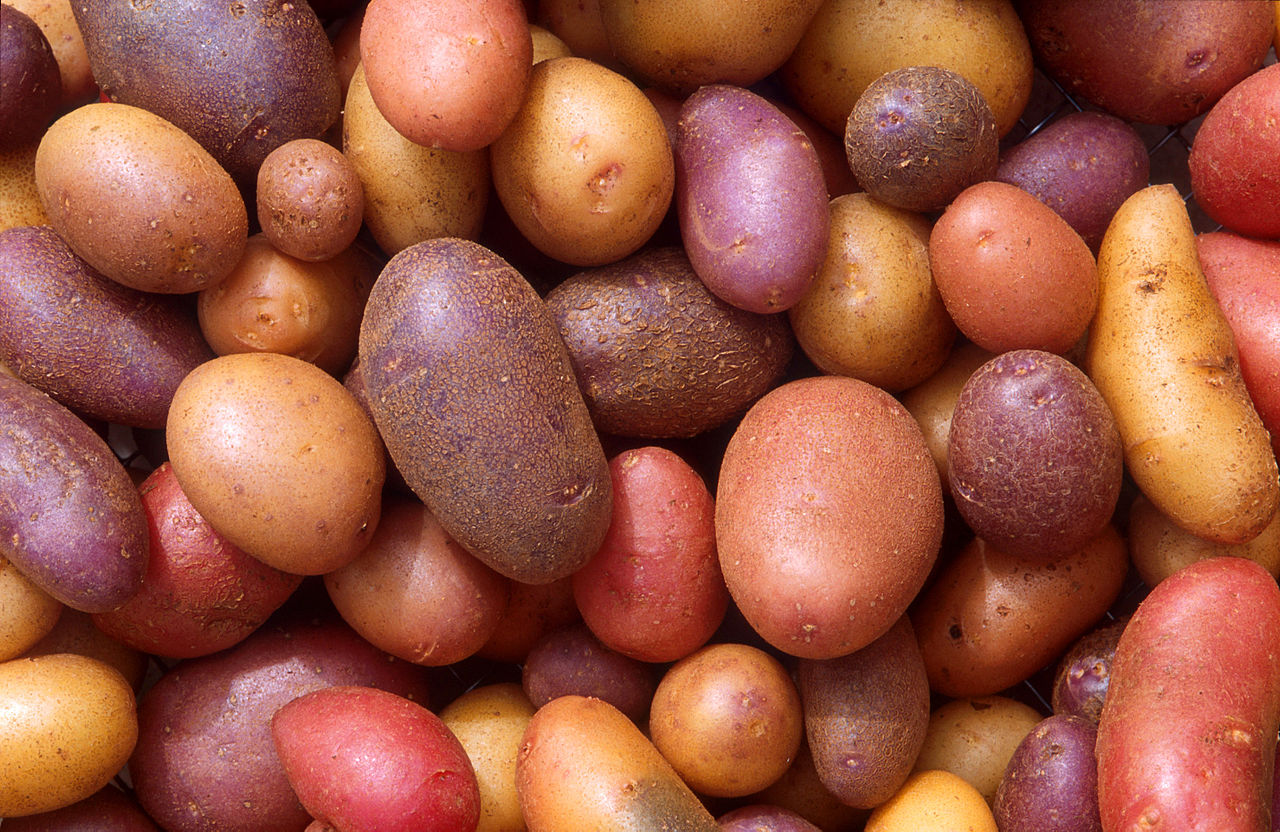
Maize and Potatoes of many varieties were cultivated by the Inca
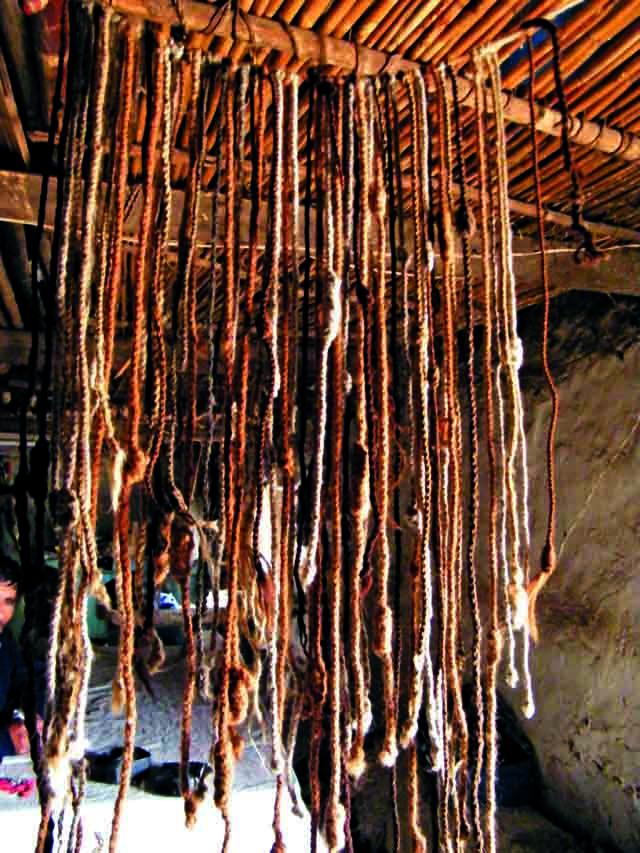
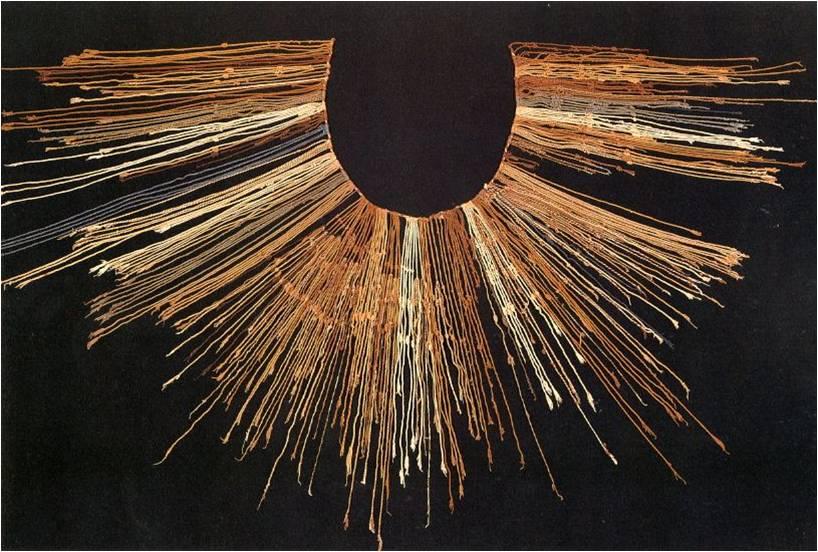
Quipu was a form of writing, uniquely, which stressed time and chronology on lengths of rope
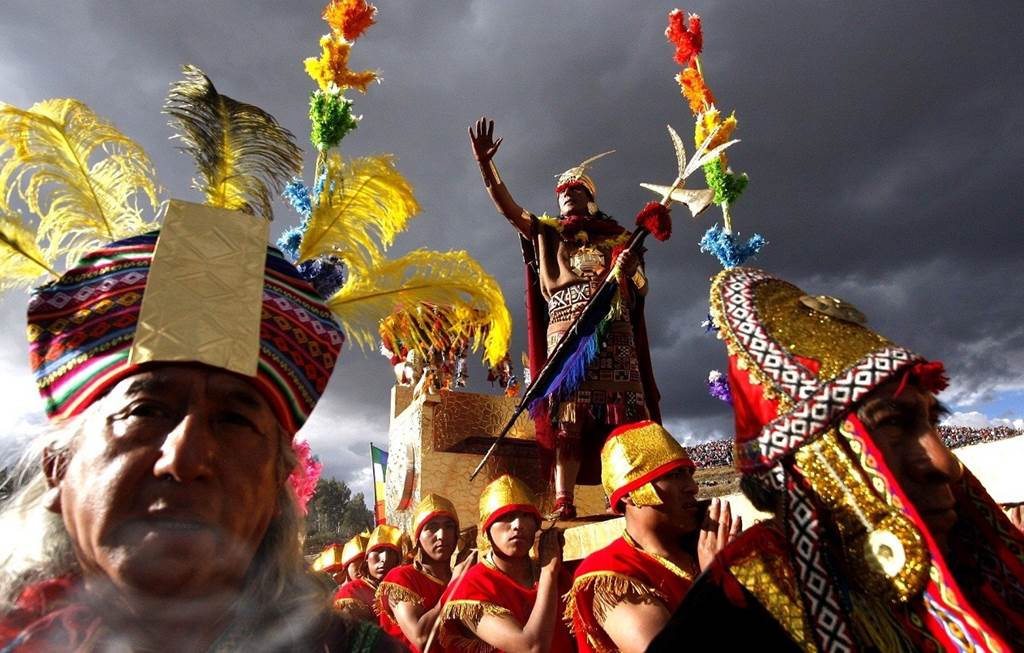
Inti, sun god of the Inca, is still celebrated in far off villages
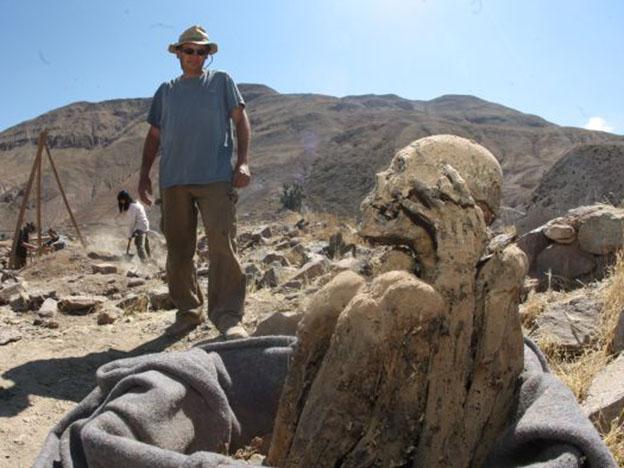
Would you like to be the person to discover the next Inca mummy in the highlands of Peru?
Yo, what up? Welcome back to Earth. You got buried 600 years ago. Are we cool with that?
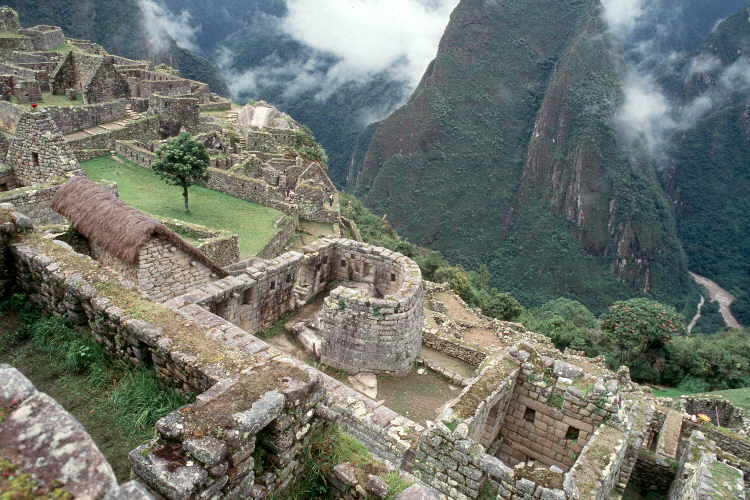
City in the sky: Machu Picchu rises above the Andes with a view to the land below
|
IZCOATL (15th century) |
|
|
PACHACUTI (15th century) |
|
|
MONTEZUMA (16th century) |
|
|
ATAHUALPA (16th century) |
|
EARLY OCEANIA
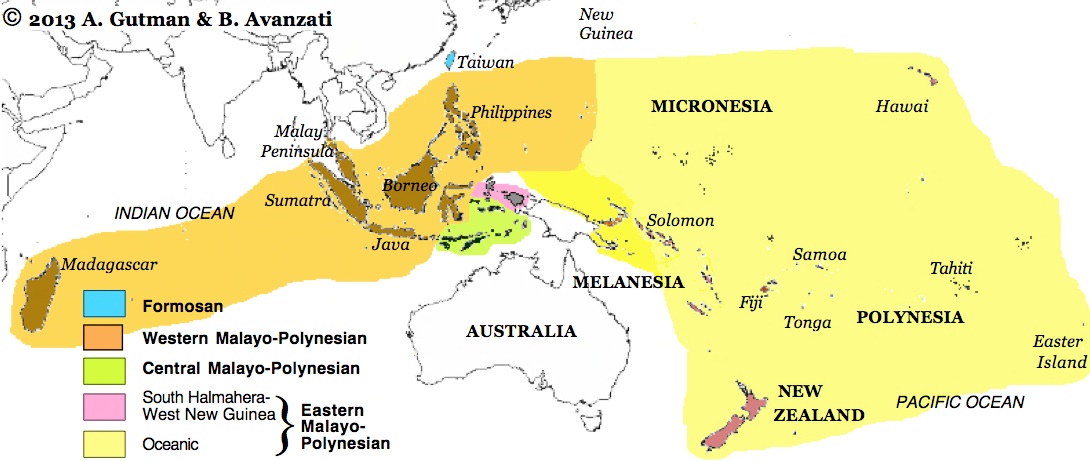
Newer than the textbook: the places relevant to the South Pacific are
|
Australia |
23,000,000 |
|
Paupa New Guinea |
7,500,000 |
|
New Zealand |
4,500,000 |
|
Fiji |
862,000 |
|
Solomons |
561,000 |
|
French Polynesia |
270,000 |
|
Vanuatu |
265,000 |
|
New Caldonia |
259,000 |
|
Samoa |
190,000 |
|
Guam |
161,000 |
|
Kiribati |
106,000 |
|
Tonga |
104,000 |
|
Micronesia |
101,000 |
|
Marshalls |
56,000 |
|
American Samoa |
55,000 |
|
Marianas |
50,000 |
|
Palau |
21,000 |
|
Cooks |
15,000 |
|
Wallis and Futuna |
13,000 |
|
Tuvalu |
11,000 |
|
Nauru |
10,000 |
|
Easter |
5,700 |
|
Pitcairn |
70 |
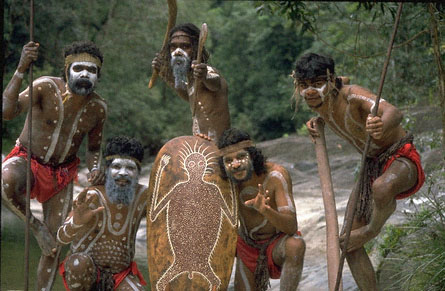

Aboriginal Australians then and now, wondering if they should
cooperate with Australia or have their own government
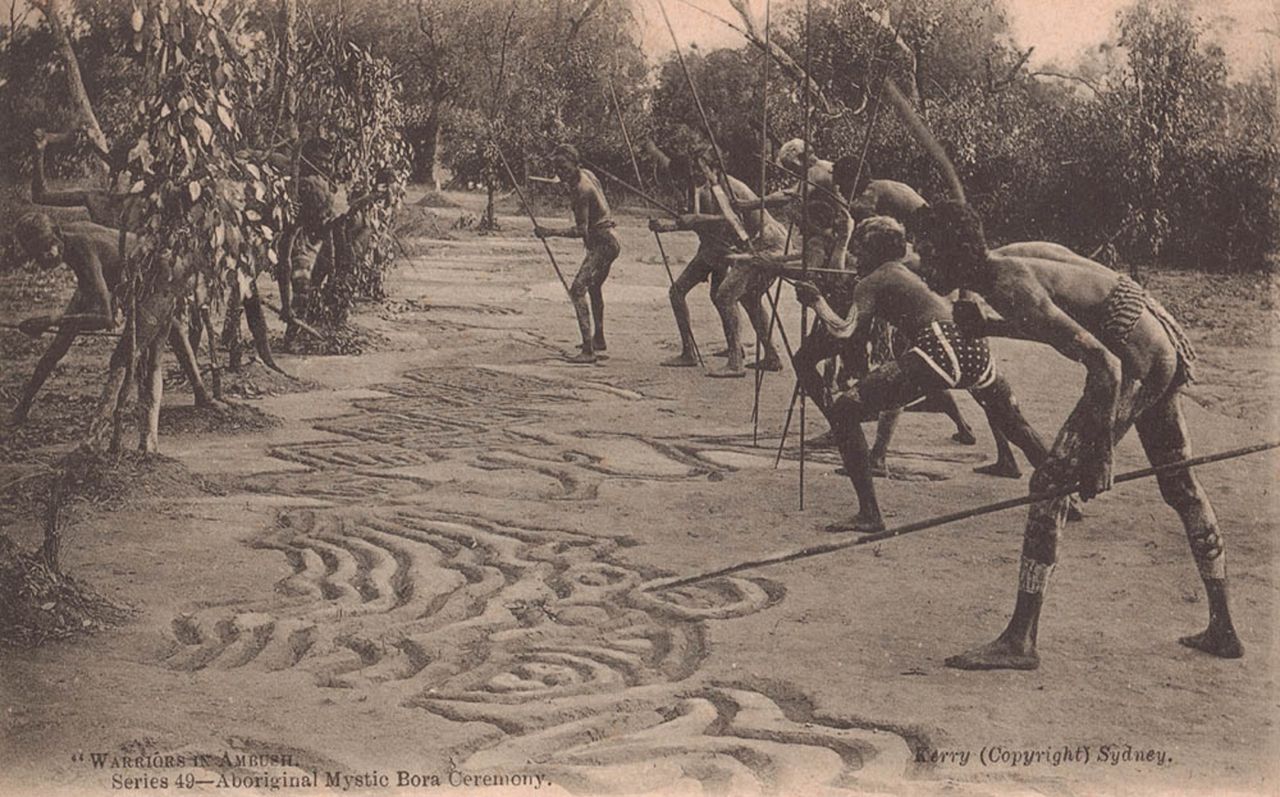
Bora Ceremony, a mystic Aboriginal dance to honor the gods
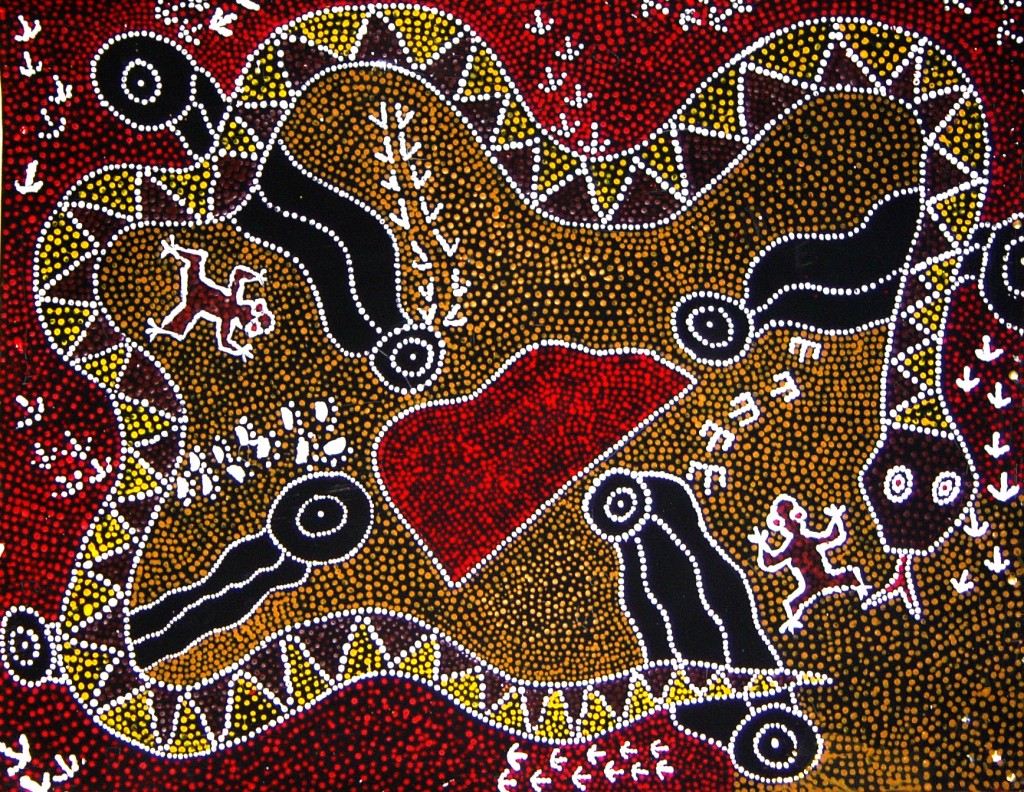
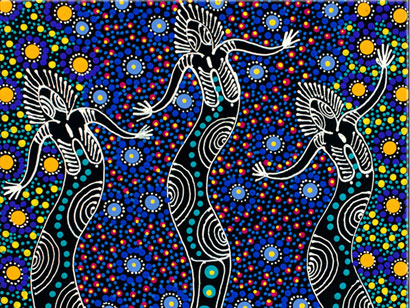
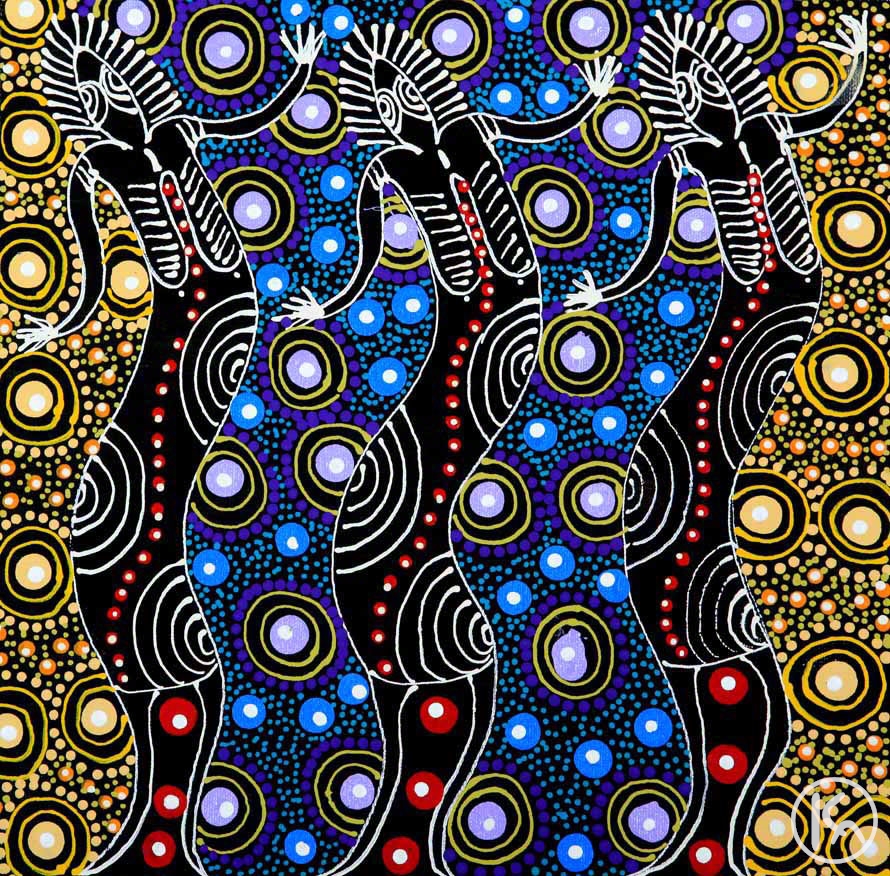
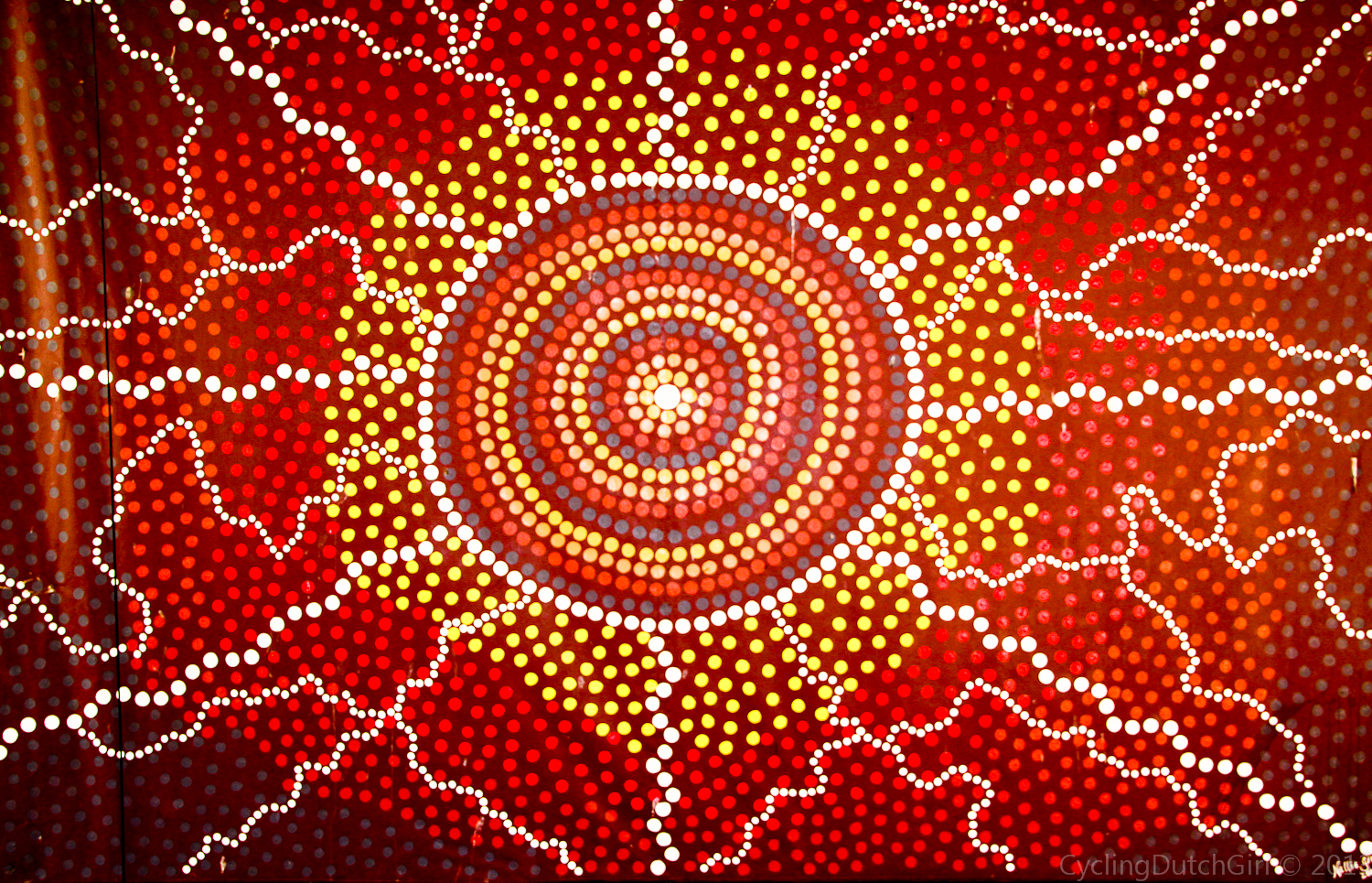
Dreamtime made into art in Abroginal Australia
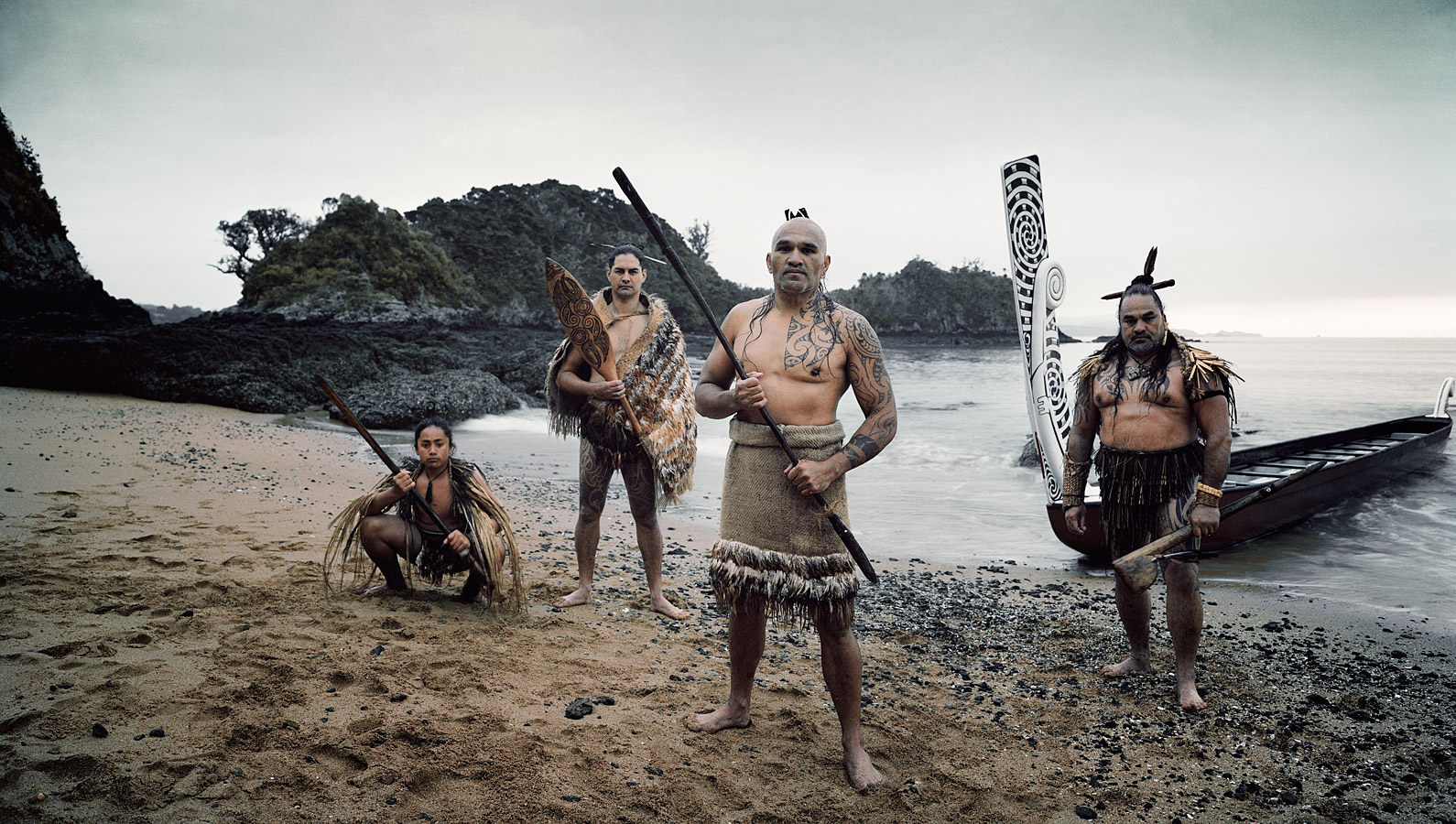
Maori are the primary tribe of New Zealand, and they are expert at tattoo art
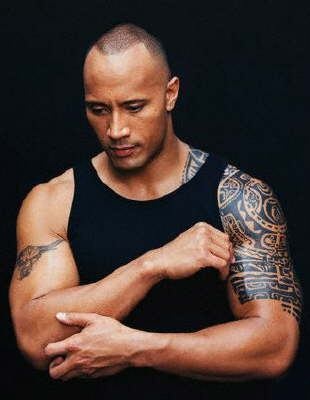
Recently the Rock, a great wrestler, got a Marori body tattoo
Europeans began visiting the islands in the 18th century and they are still visiting them today
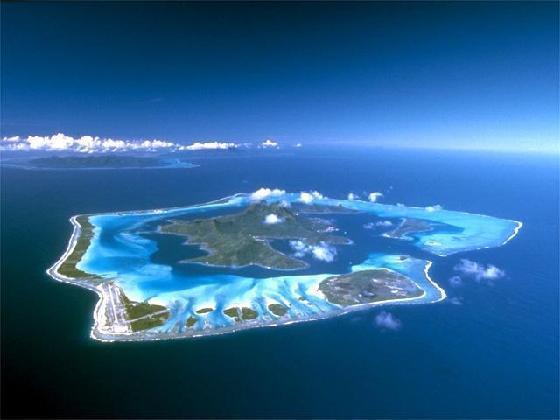
Pacific Islands were inhabited by Melanesians and Polynesians in anceint times
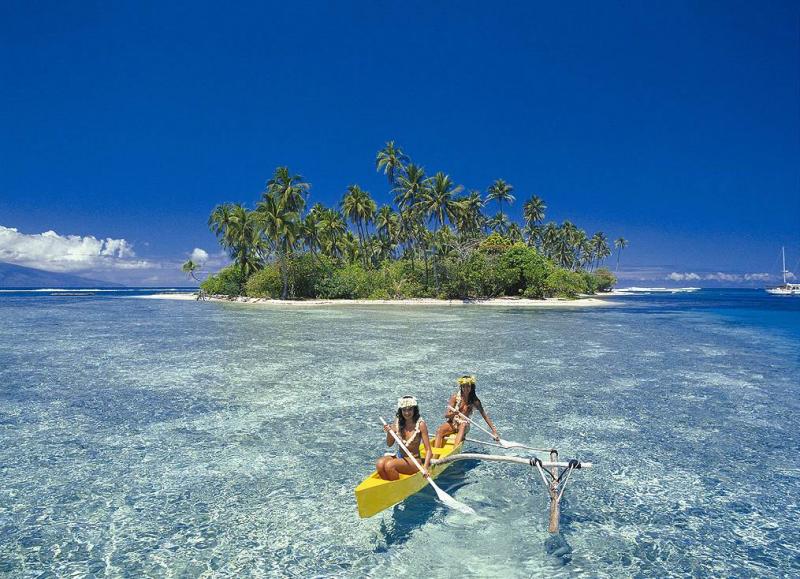
Polynesians bravely set out, like Vikings, from New Guinea to the Solomons, to Fiji, to Tonga,
to Samoa, to the Cook Islands, to the Society Islands (including Tahiti), to the Marquesas, and Easter
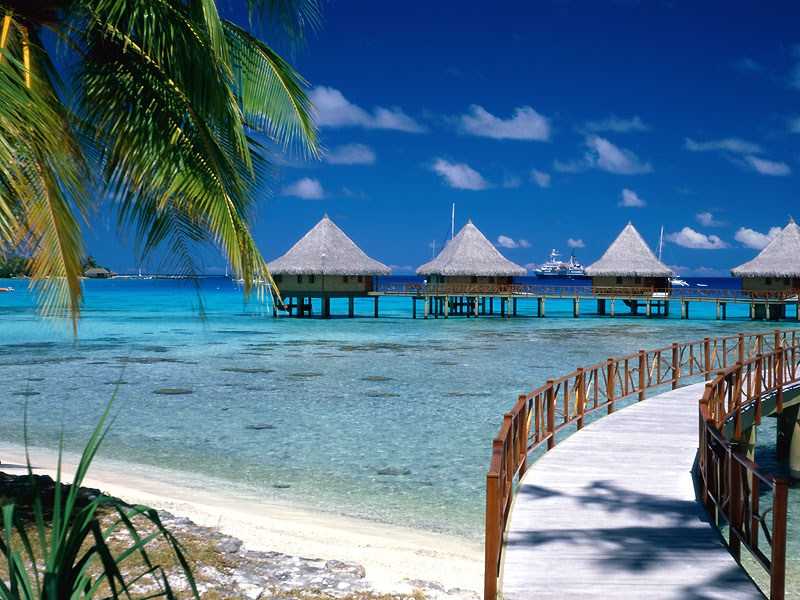
They built homes on land and in the sea as well
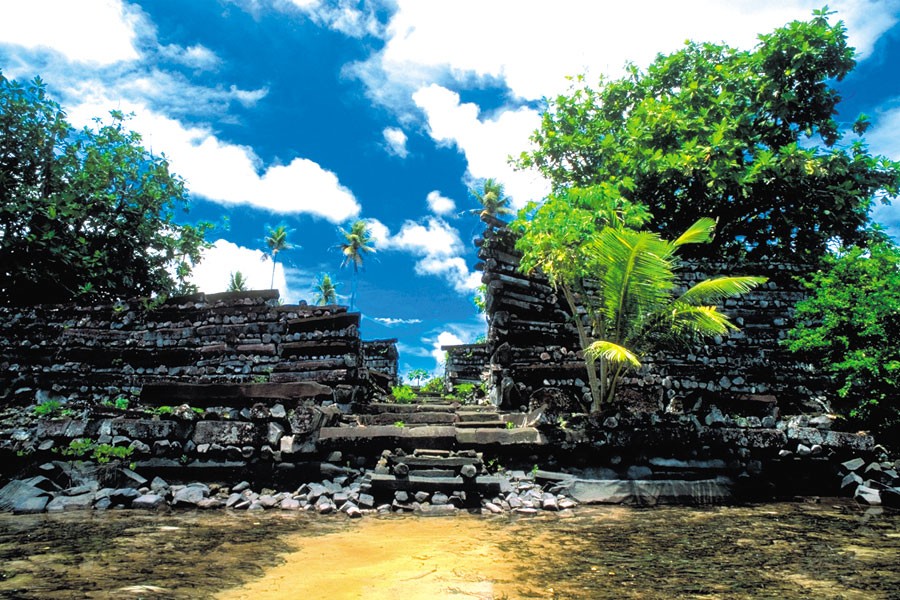
Anyone who had built sand castles at the beach during low tide, and then waited for the tide to come up to inundate the
construction, can perhaps appreciate Nan Madol, on Pohnpei in the Caroline Islands, whose organizers battled the sea from 1200-1600
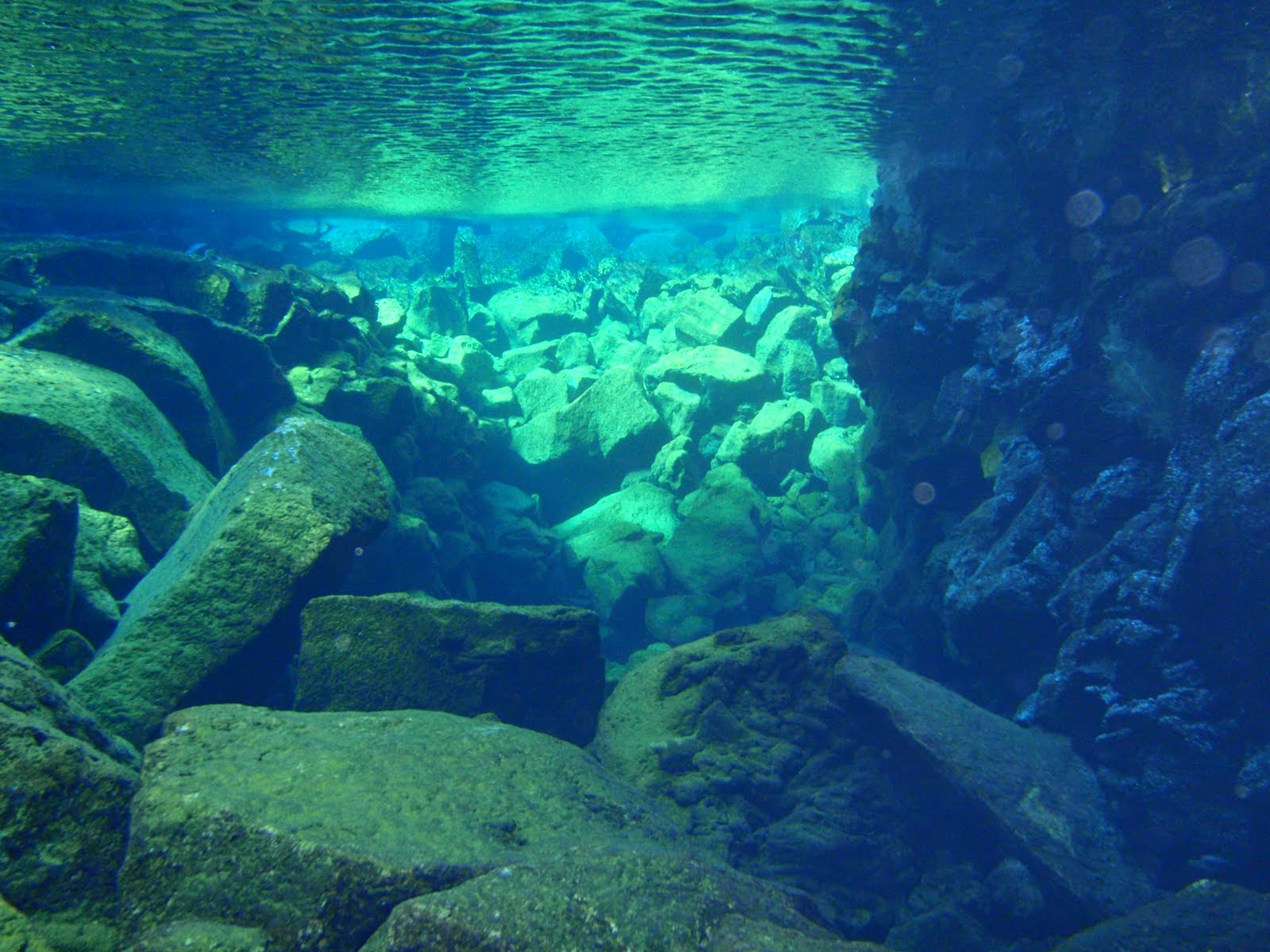
Nan Madol's ruins go beneath the sea as well
Site Design: David Tamm